The magic of emotions in motion
Hello everyone! I am Rafael Figueiredo Rosa, a Luso-Brazilian photographer living in Porto Alegre, the most southern state capital of Brazil. Originally, I am a photojournalist working in covering shows and street events, as well as street photography, especially when I am traveling, a very pleasurable hobby, something almost vicious.
Working for a few years in different areas of photography allowed me to develop my technical skills and sharpen my senses, creating an almost intimate relationship with my set of equipment, which shows essential in sports photography.
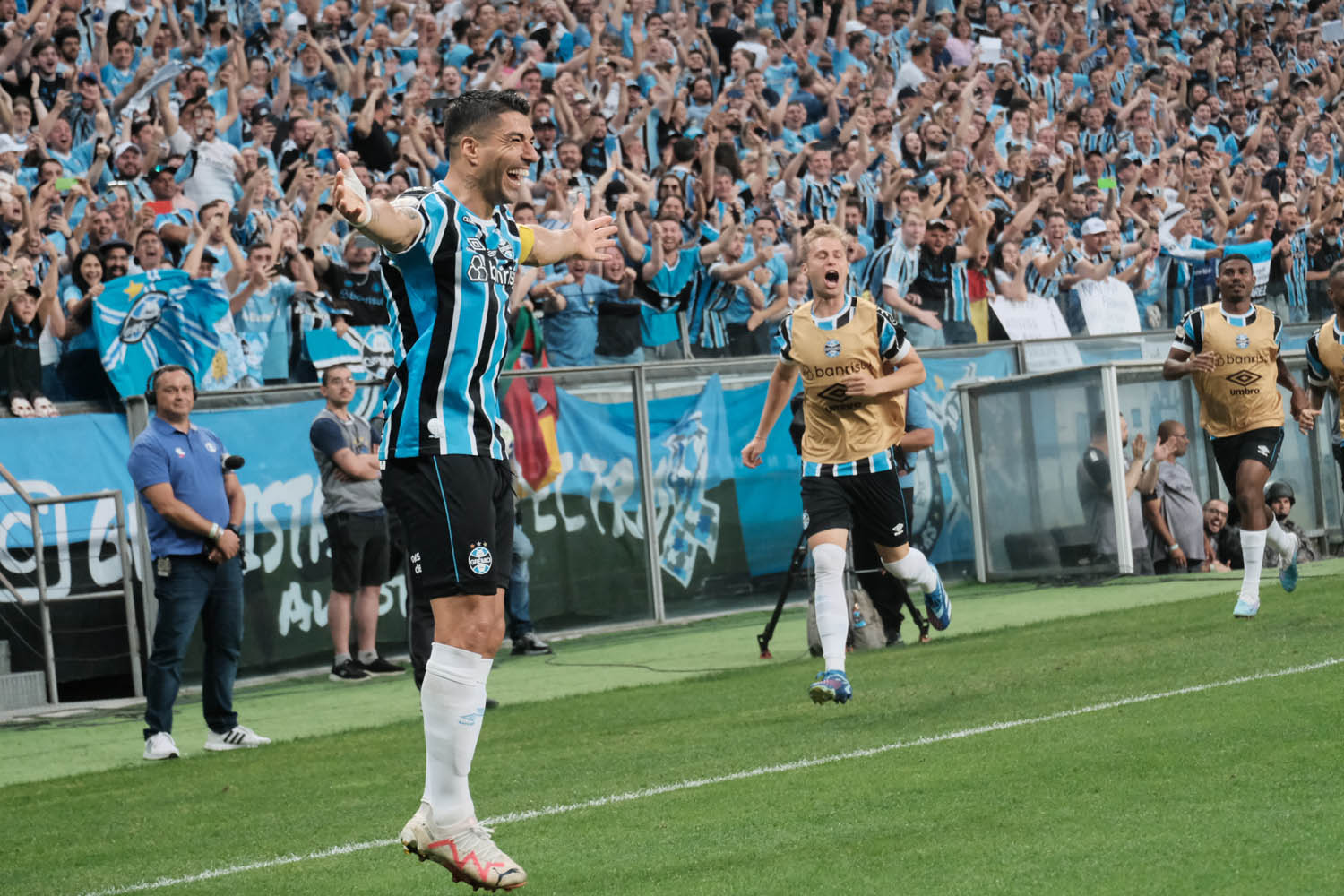
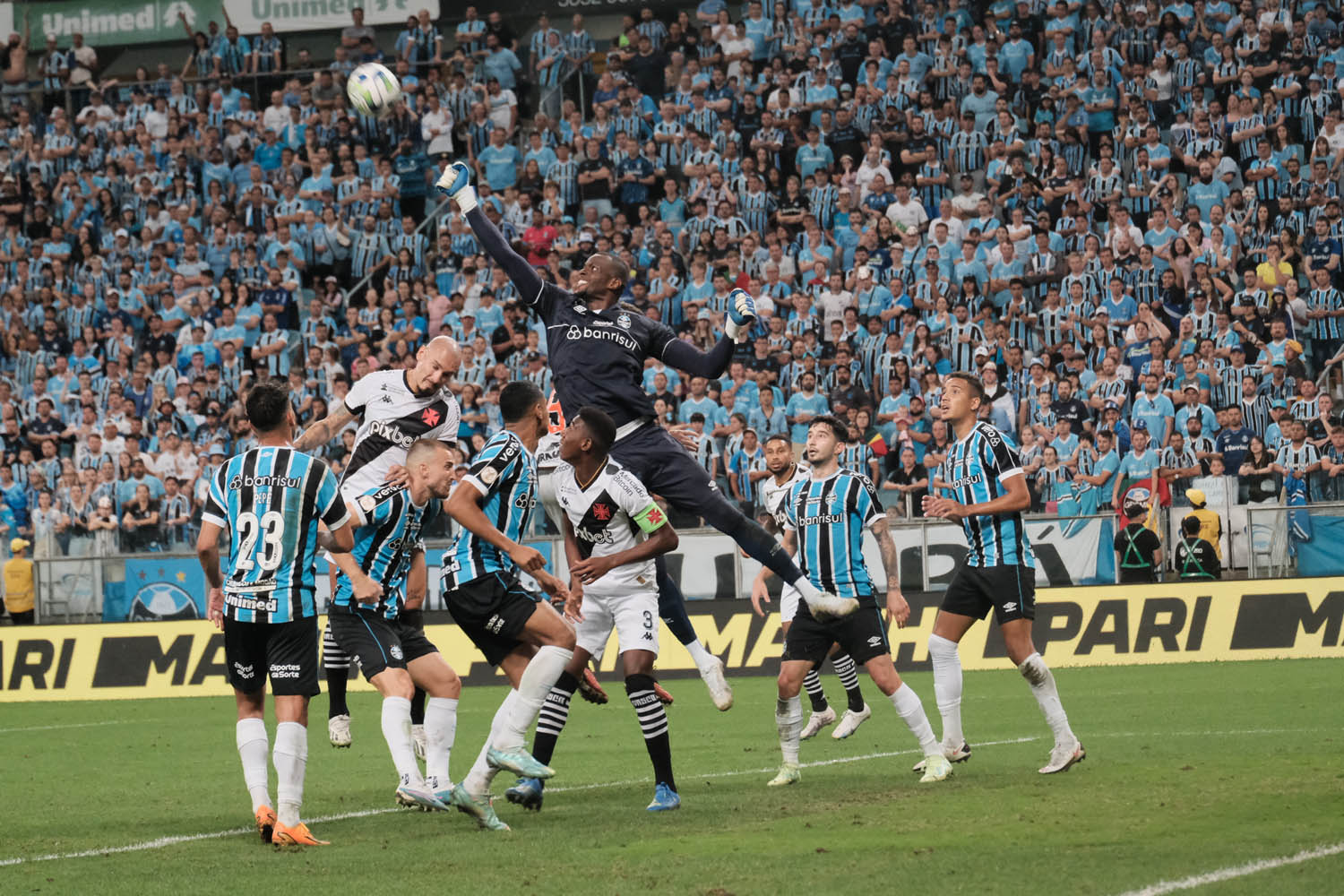
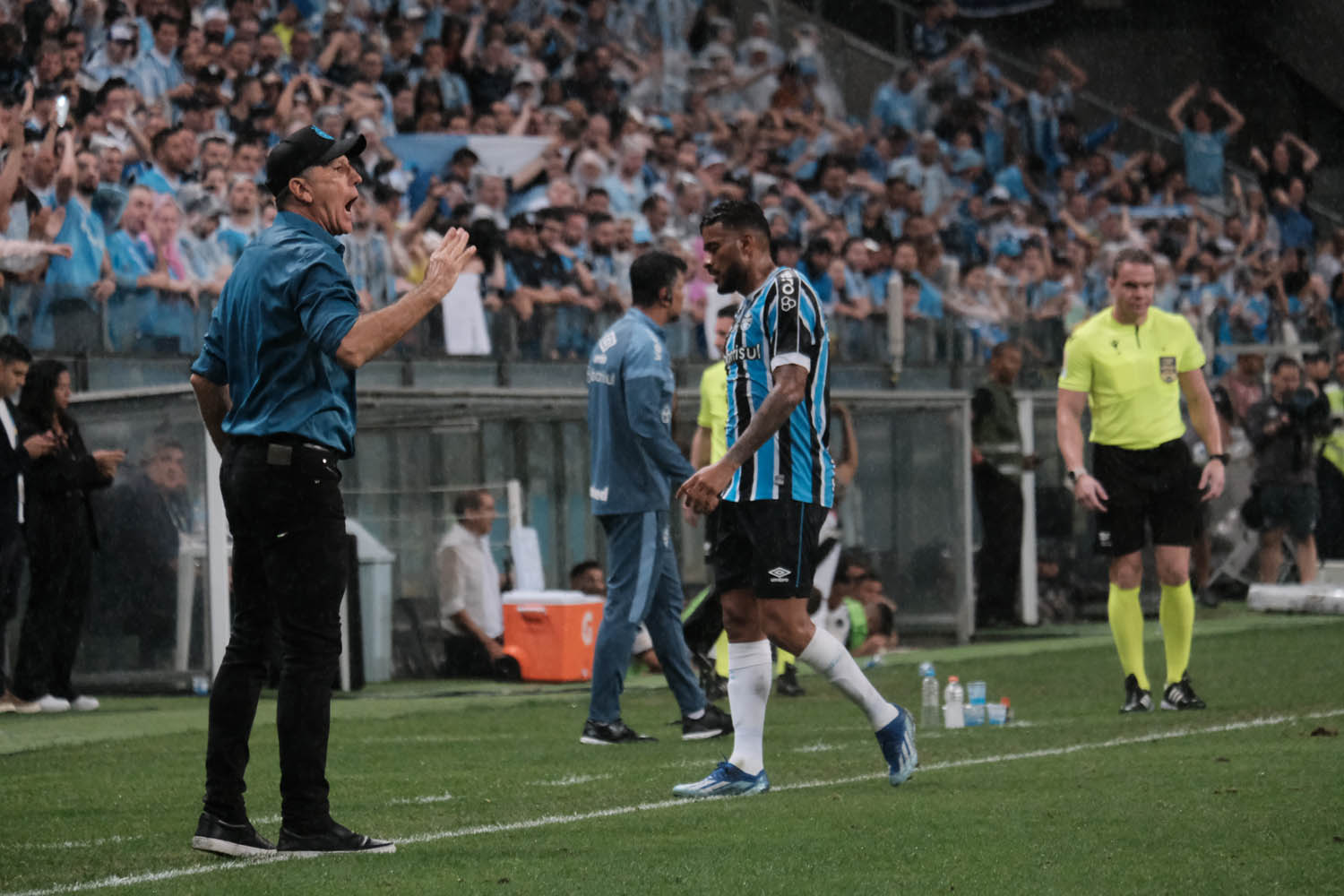
RIGHT: Fuji X-T3 . Fuji XC50-230mmF4.5-6.7 @230mm . F/6.7 . 1/500″ . ISO 6400
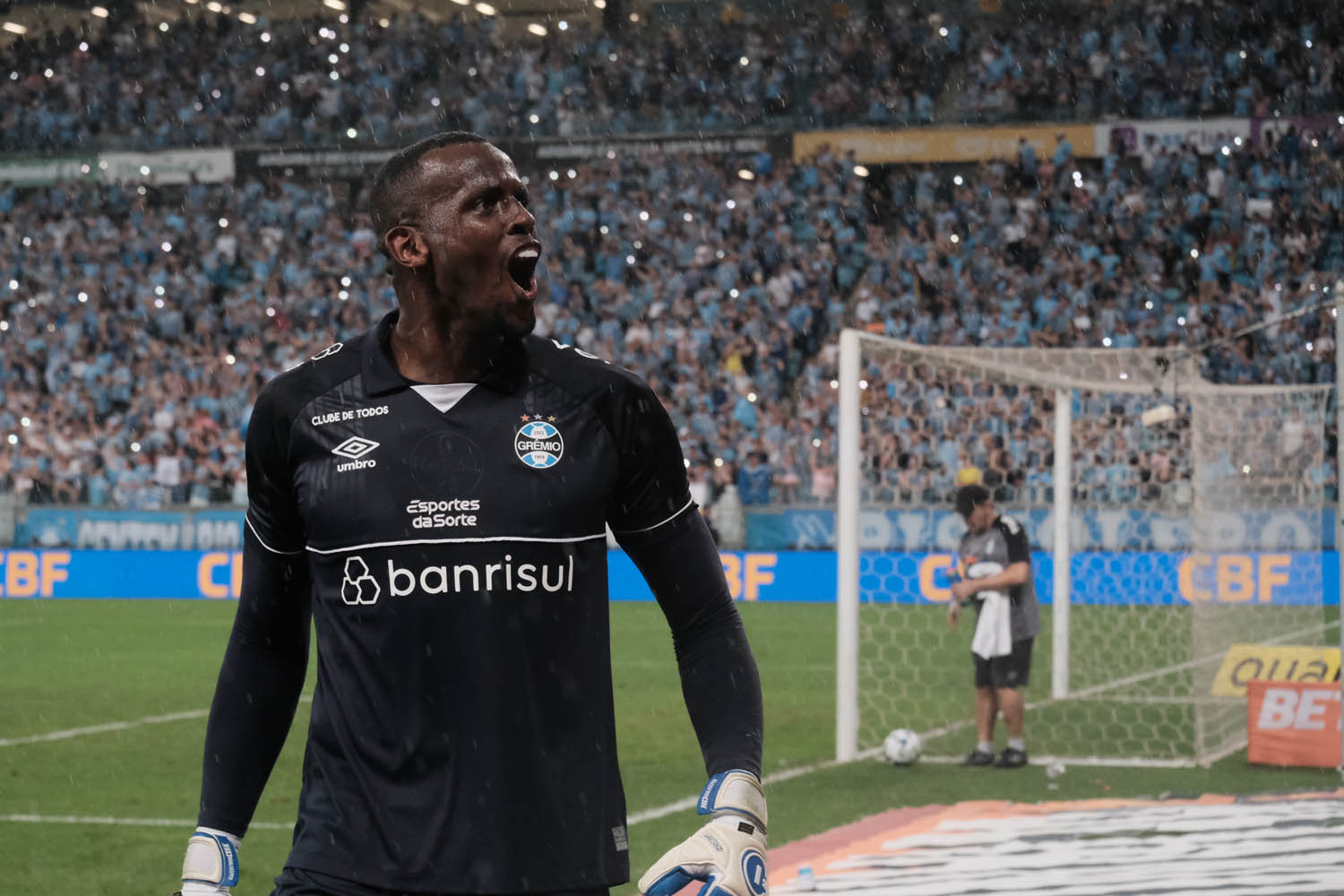
Photographing sports professionally, far beyond mastering technical skills, which seems obvious, also requires a considerable level of knowledge related to the sports you are photographing.
It is essential to know the basic rules, tactical aspects and the most important movements of each sport, which will be decisive in predicting the athletes’ actions, allowing the capture of the most impactful photos in terms of action and emotion – and these unique moments can be the scoring of a point, an almost unpredictable maneuver, a decisive blow or that exciting overtaking that takes place almost at the finish line.
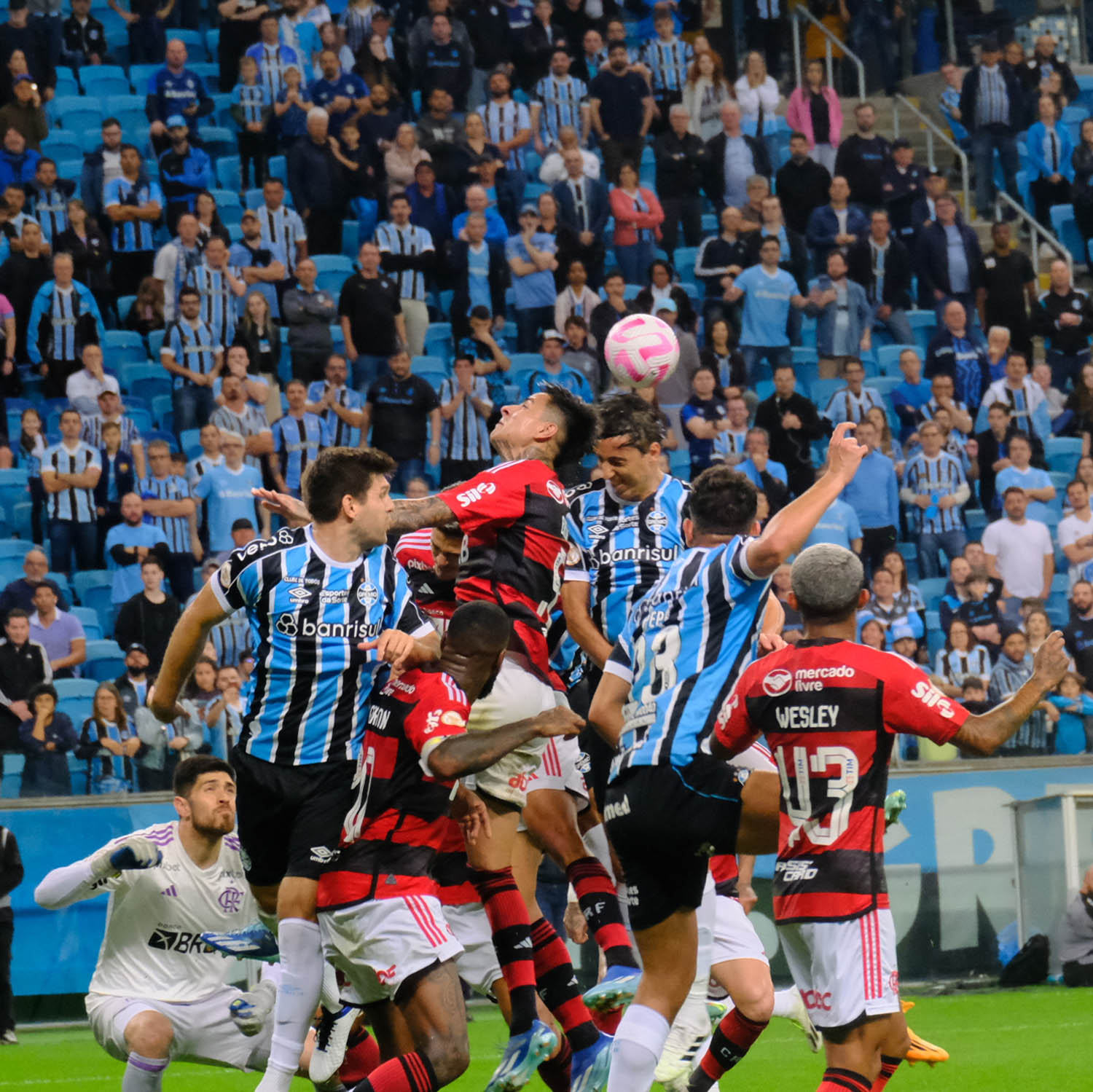
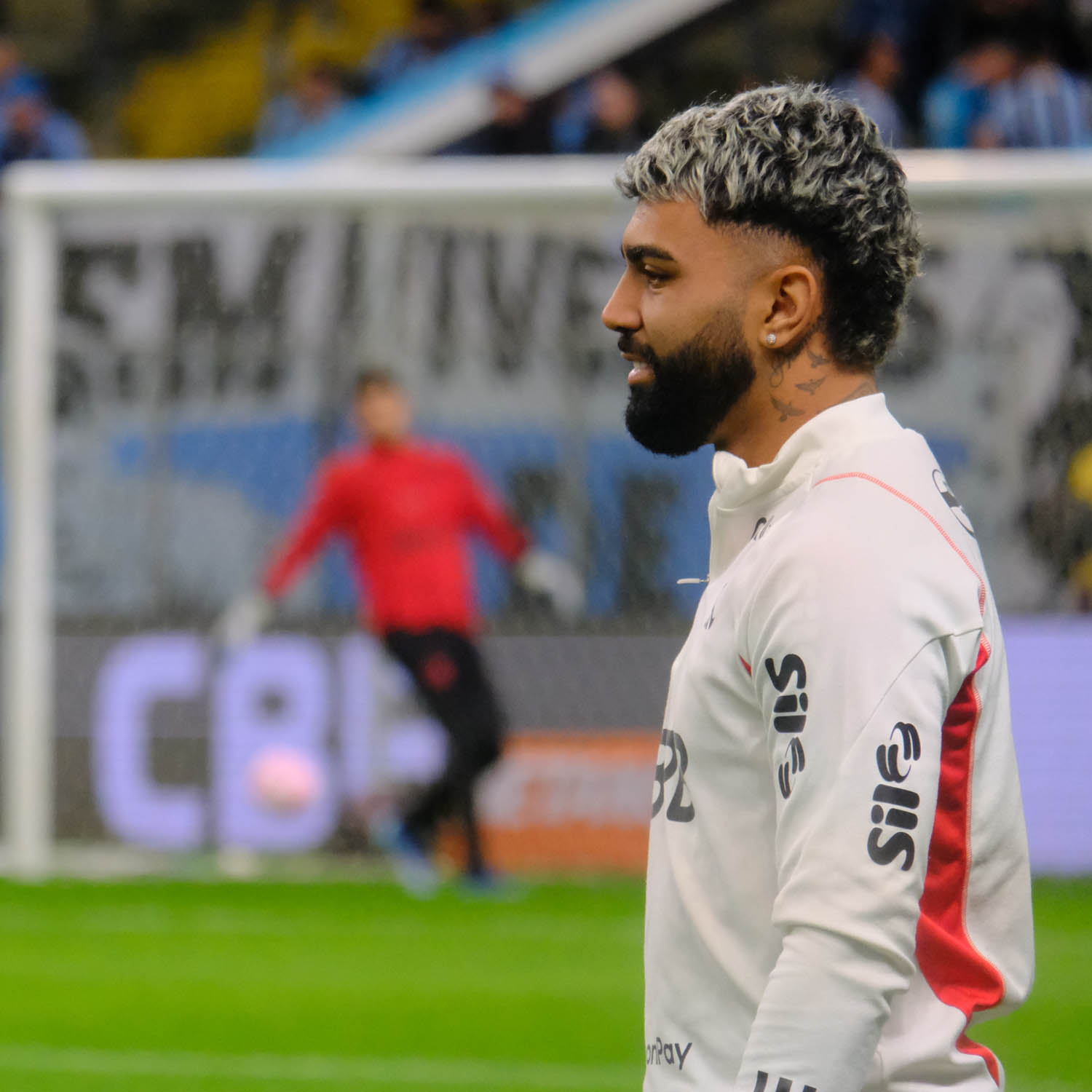
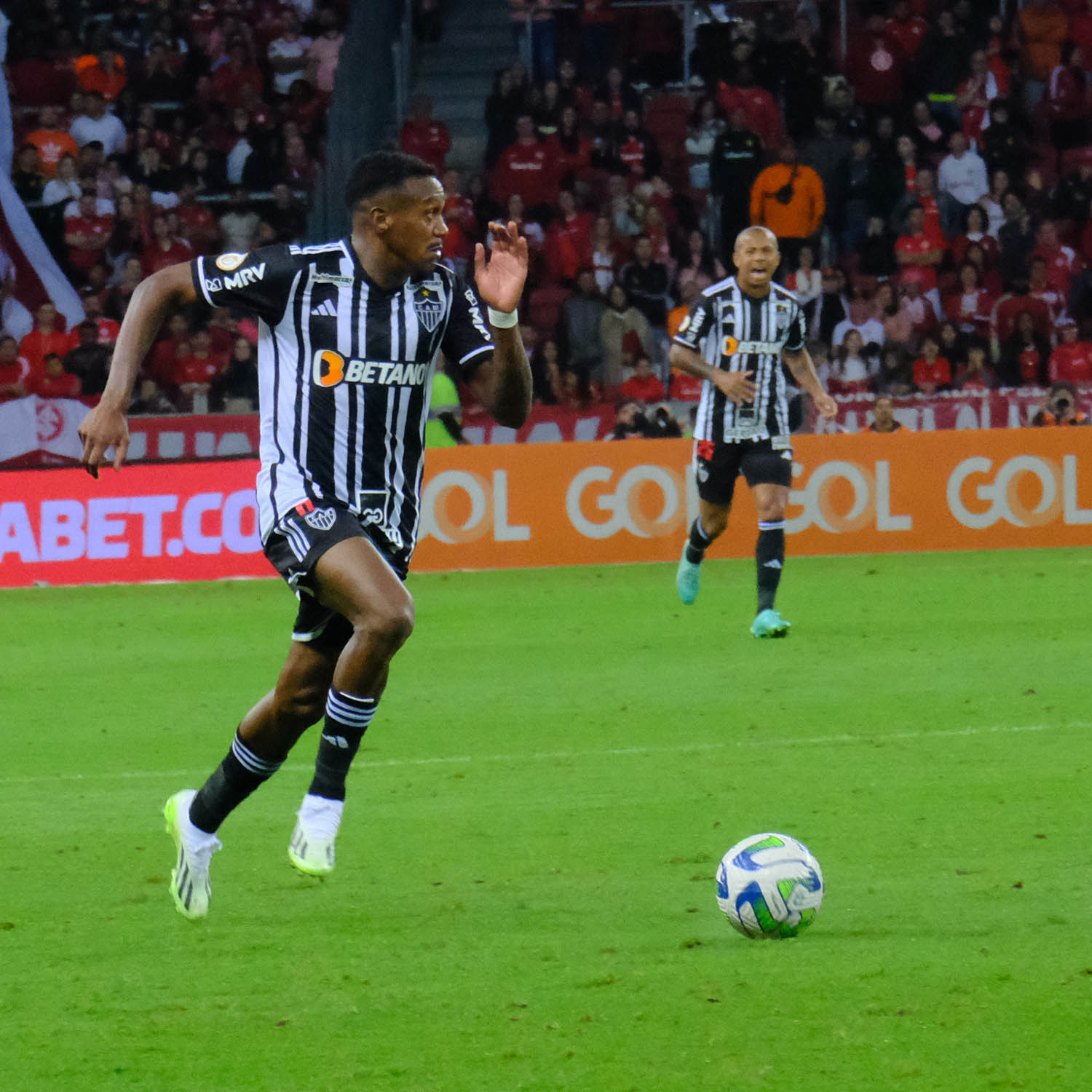
RIGHT: Fuji X-T3 . Fuji XC50-230mmF4.5-6.7 @90mm . F/5.6 . 1/500″ . ISO 6400
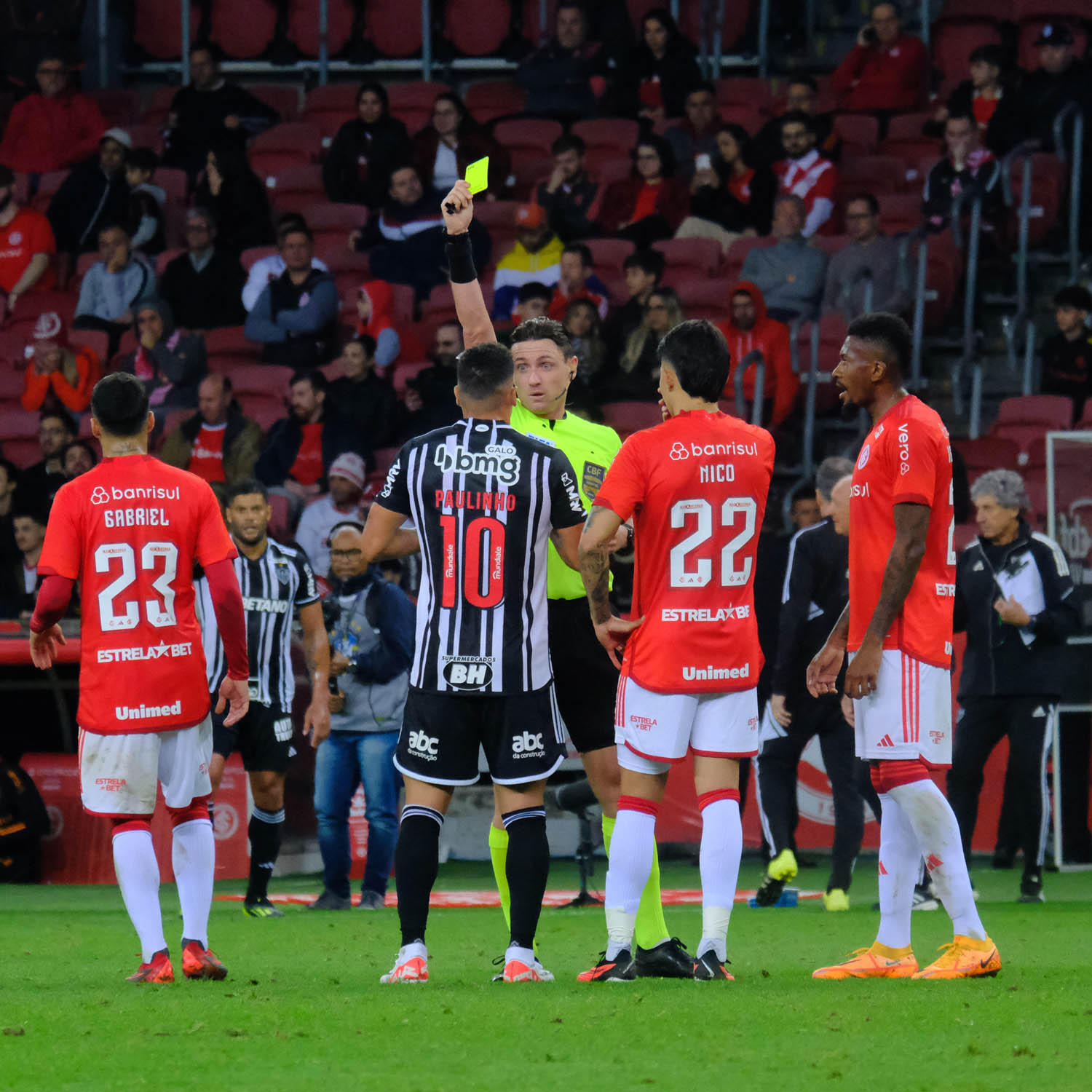
The magic of capturing actions and emotions is as fascinating as it is challenging – and this happens regardless of whether you are photographing renowned professionals, a competition between amateurs or the simple fun of those weekend athletes.
I often say that to be a good photographer, as is the case in the world of sports, it is not enough to simply be endowed with an innate talent – both a good photographer and a good sportsman add to their talent a level of training that makes it possible to achieve differentiated technical expertise in relation to their peers.
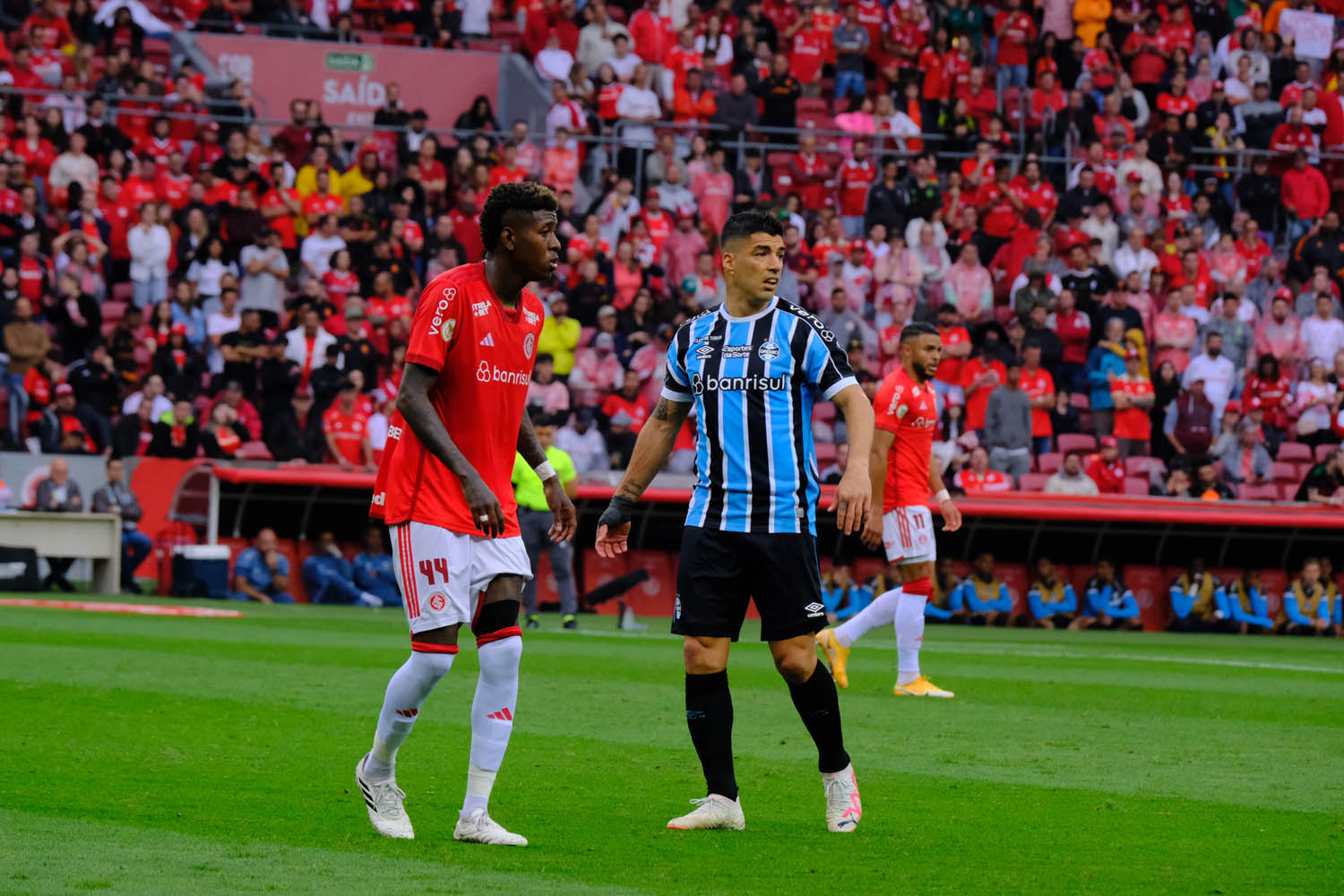
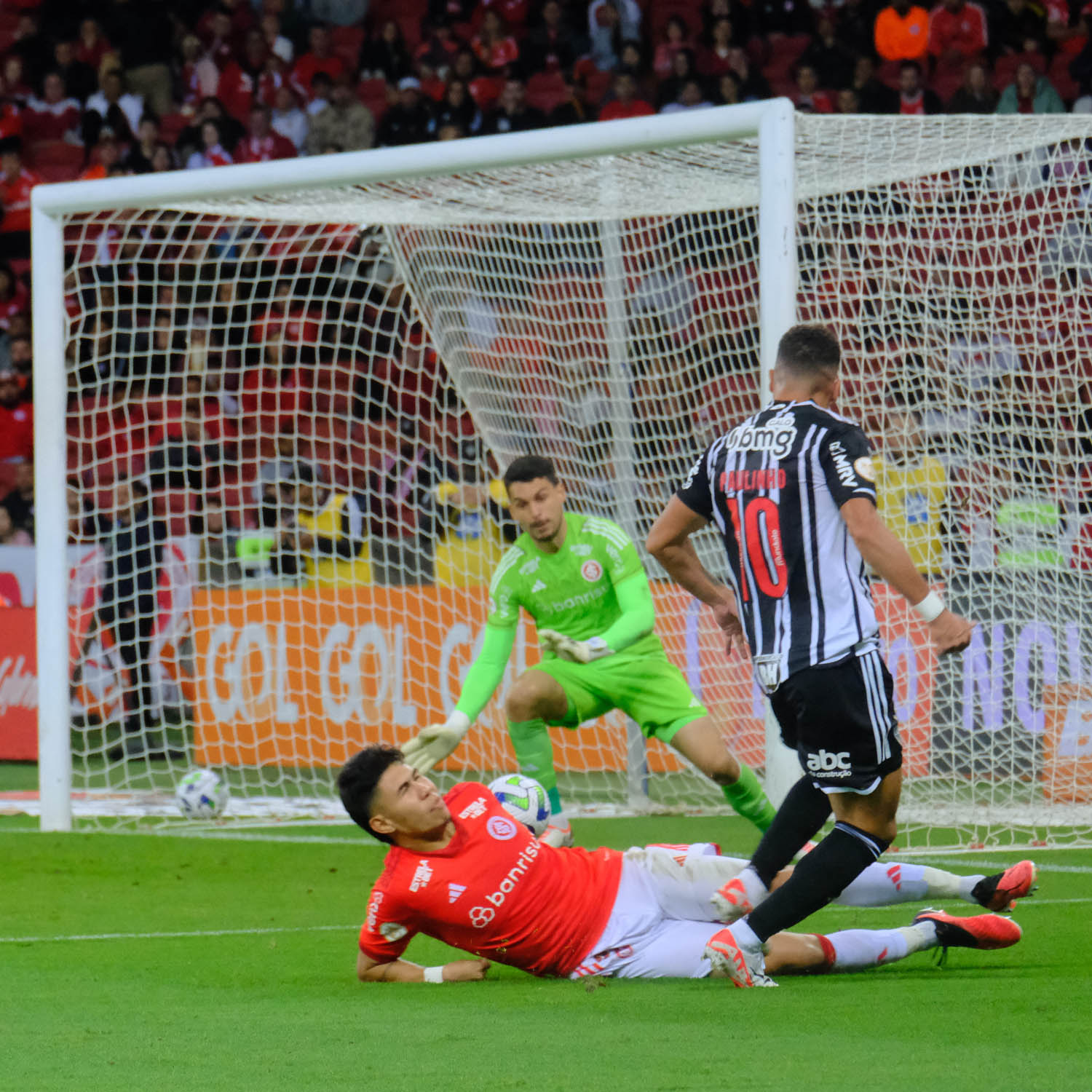
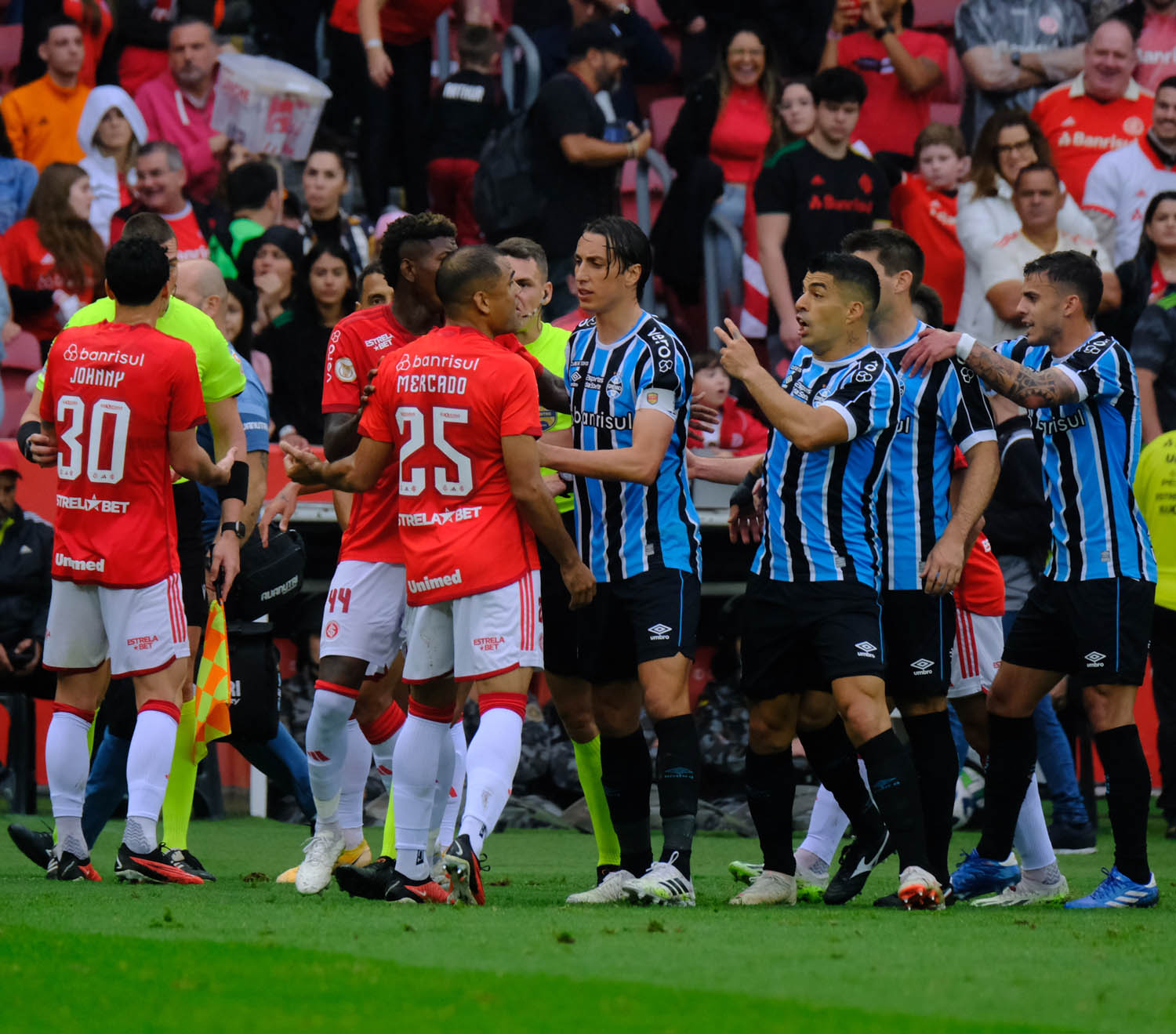
RIGHT: Fuji X-T3 . Fuji XF100-400mmF4.5-5.6 @400mm . F/6.4 . 1/500″ . ISO 3200
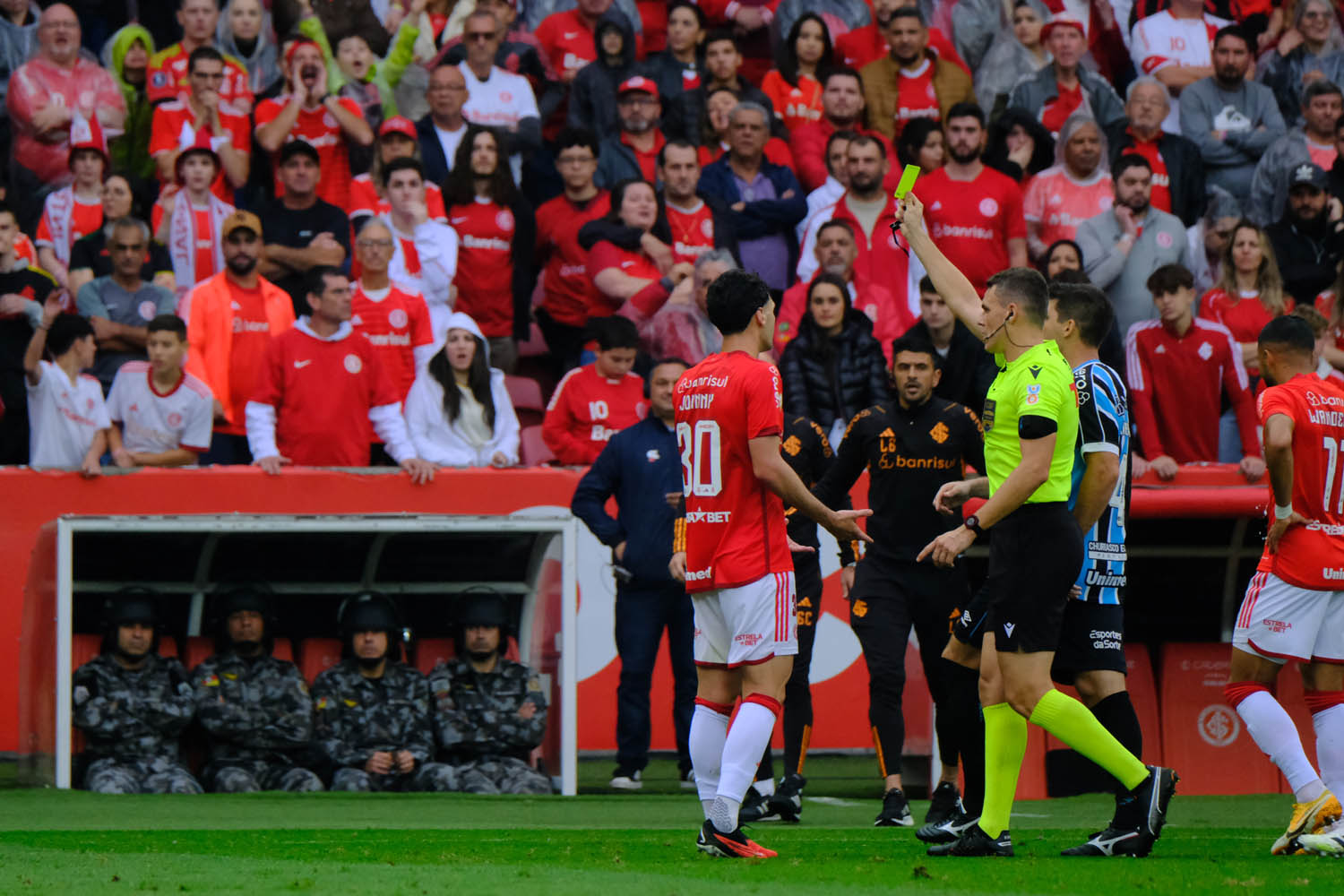
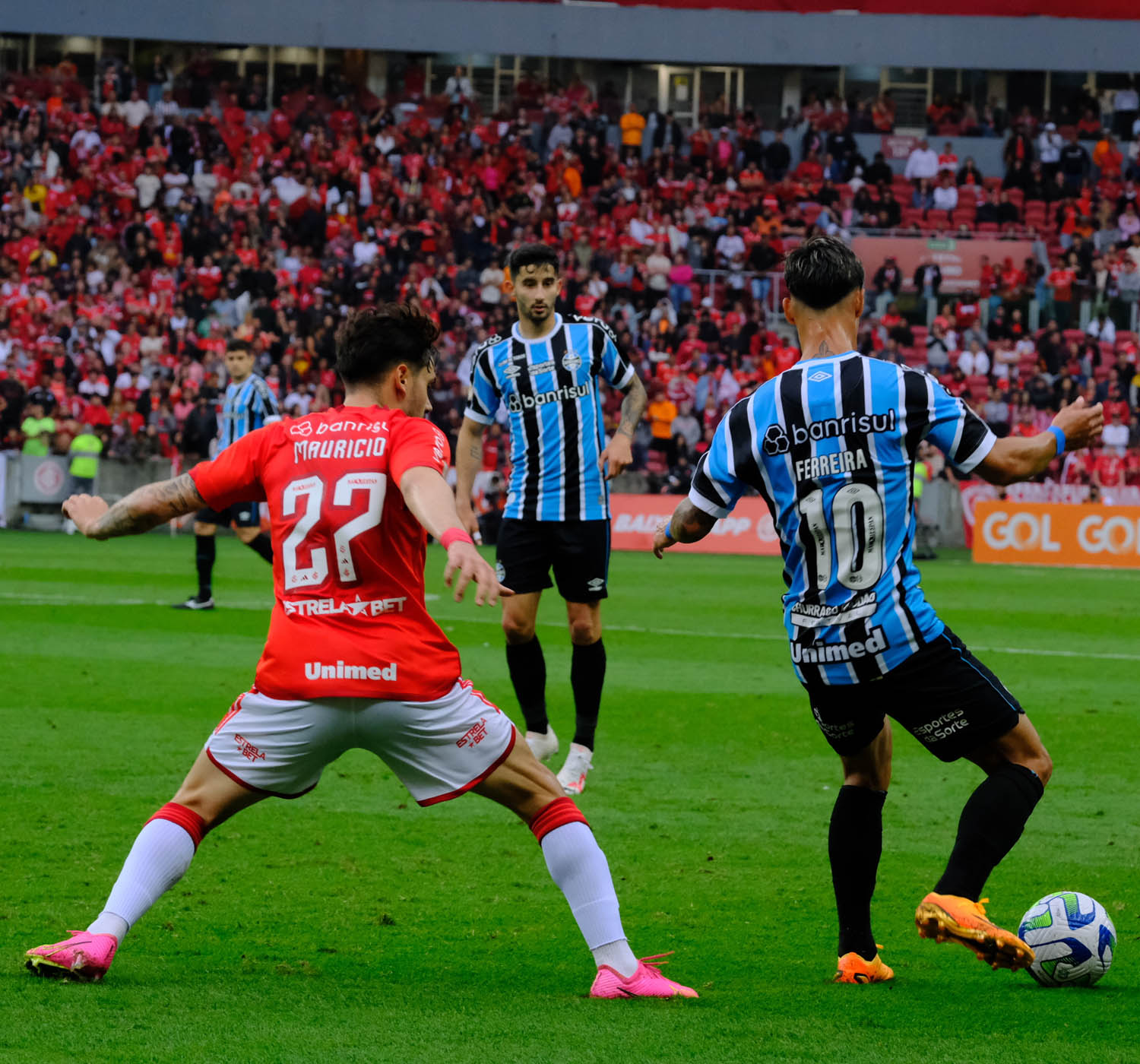
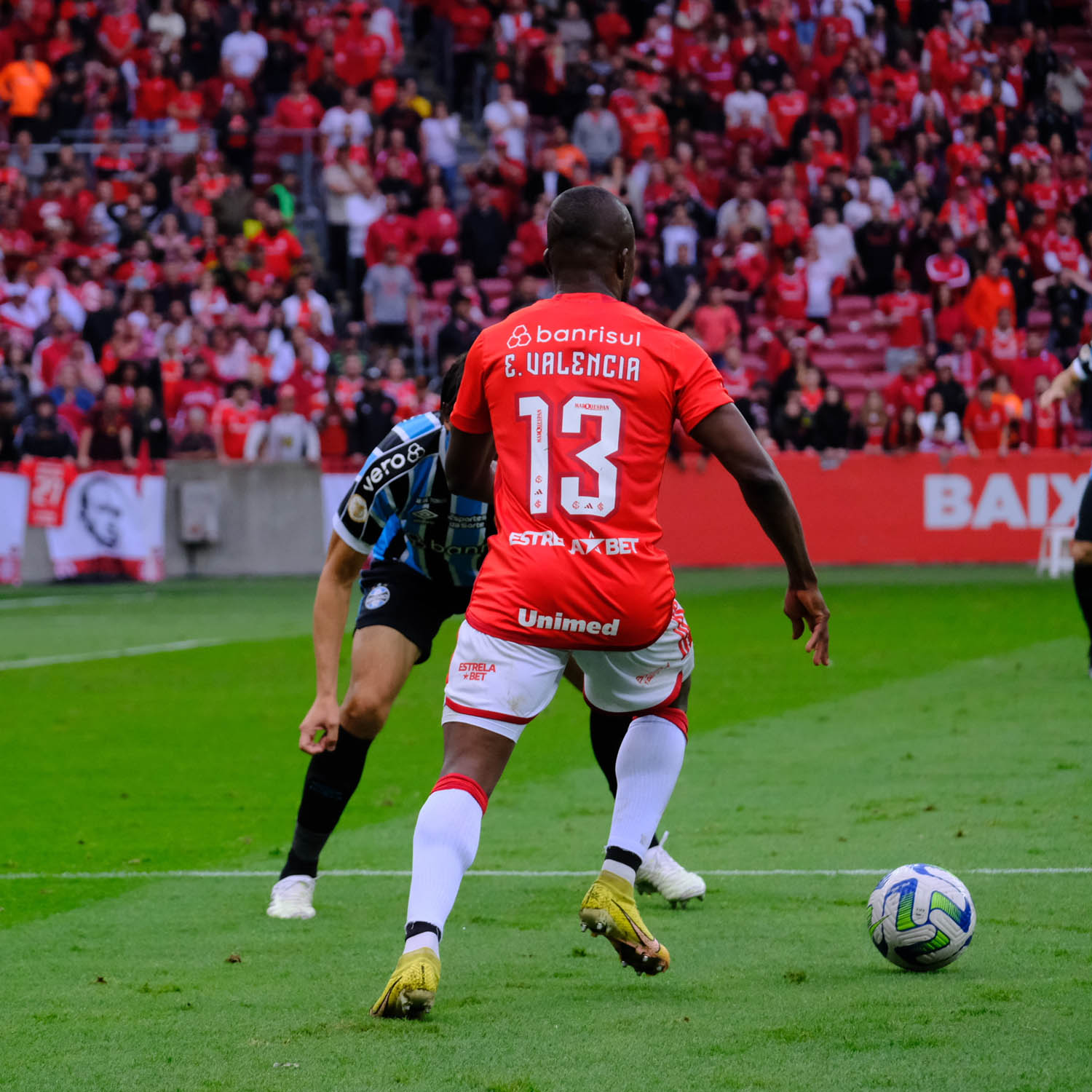
RIGHT: Fuji X-T3 . Fuji XF100-400mmF4.5-5.6 @107.40mm . F/4.6 . 1/800″ . ISO 3200
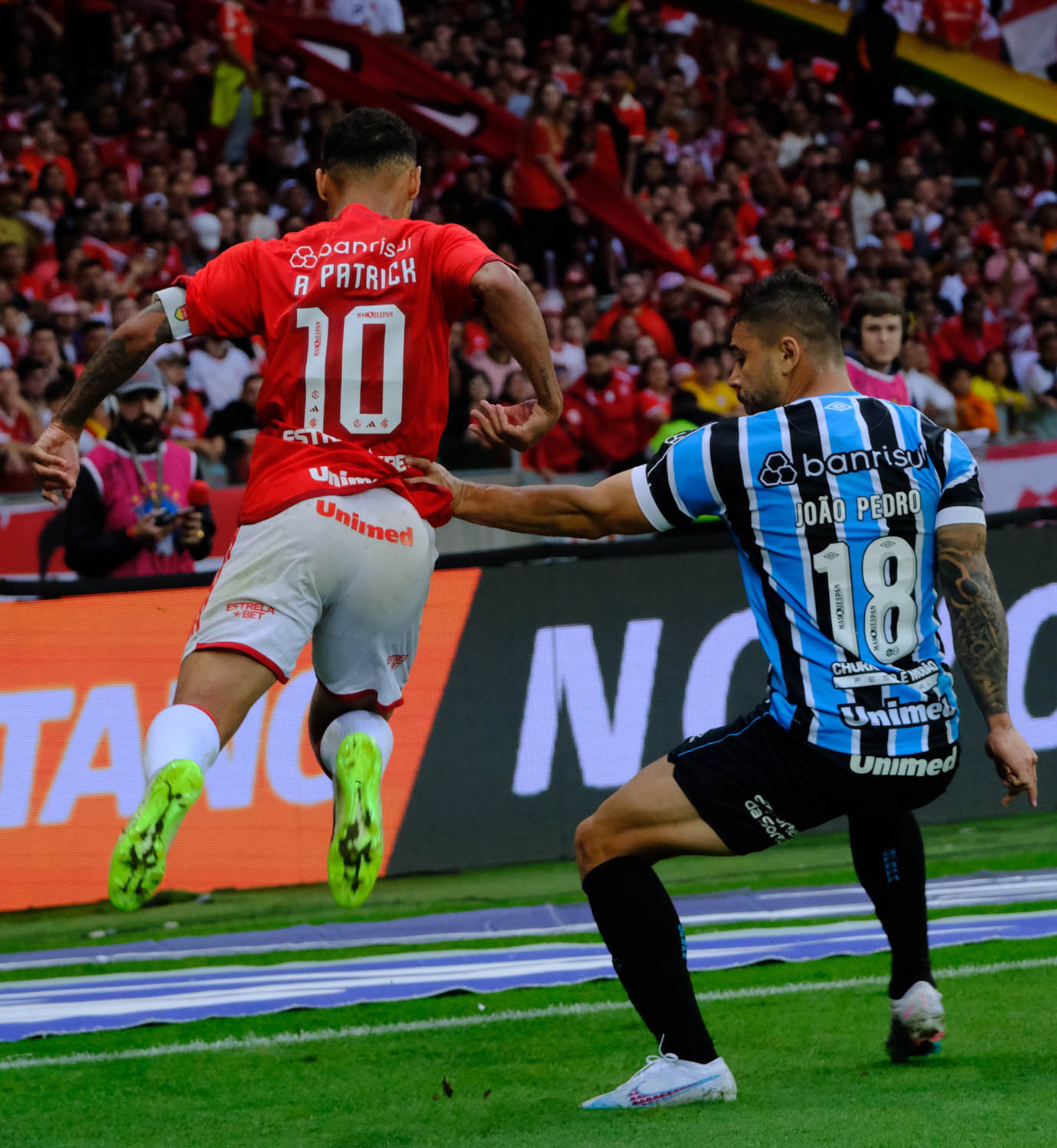
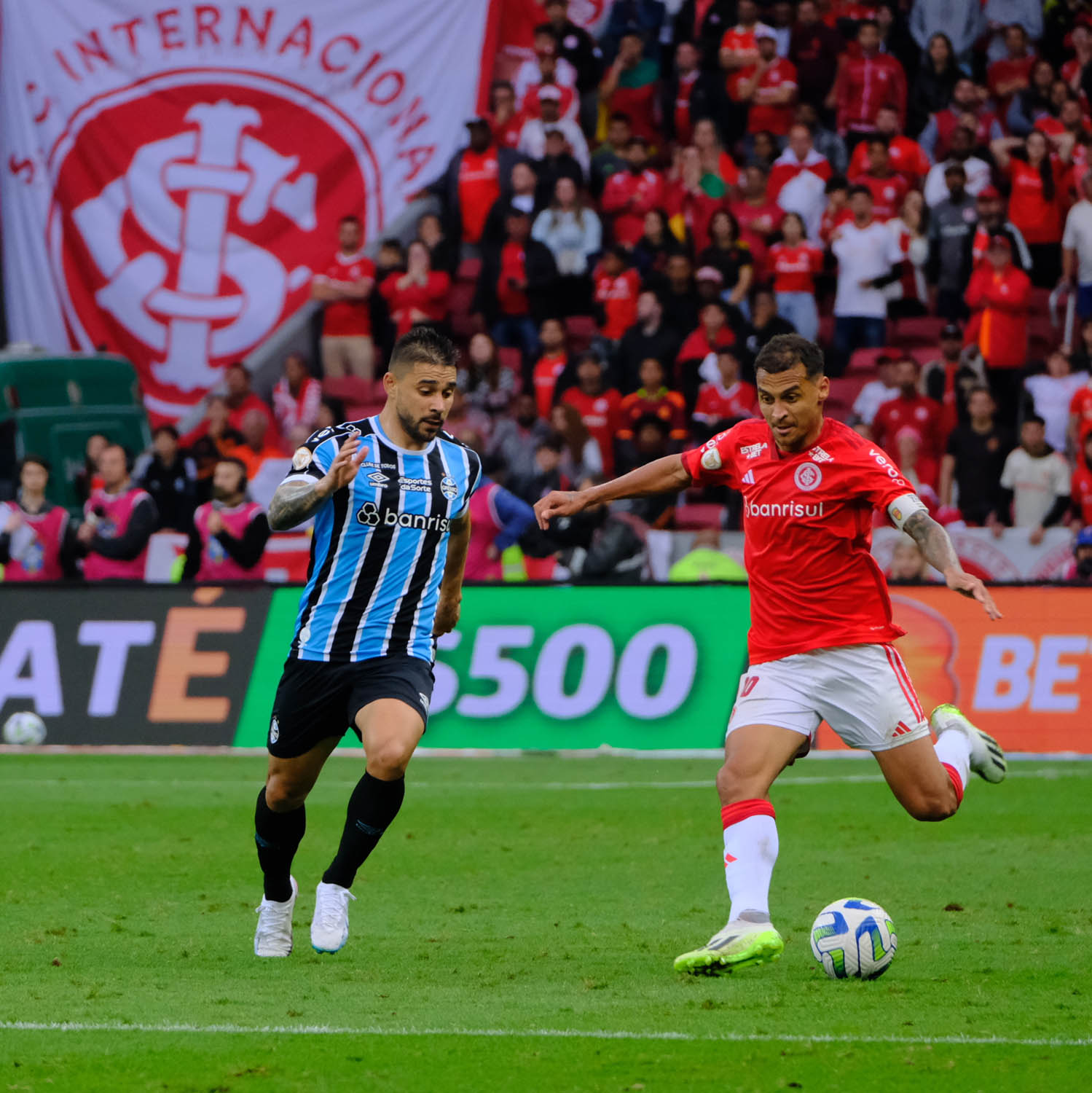
RIGHT: Fuji X-T3 . Fuji XF100-400mmF4.5-5.6 @218.70mm . F/5.0 . 1/640″ . ISO 3200
And in sports photography, technique is not just limited to knowing the rules of exposure, the lenses and camera body used, technical excellence also encompasses understanding the rules and specificities of each sport, the ability to identify the main actions and actors who are on stage, all in order to enable the construction of a narrative that can capture the attention and stir the emotions of those who will see the images immortalized by us.
Having the right tools and ideal settings are almost essential conditions for not missing unique moments, hence the importance of being prepared for everything here, as every detail matters when we talk about capturing images with a wealth of detail in high speed – and the Fujifilm X System gives me, in a small and featherweight set, everything I need in to present, with very high quality, the true magic of sports.
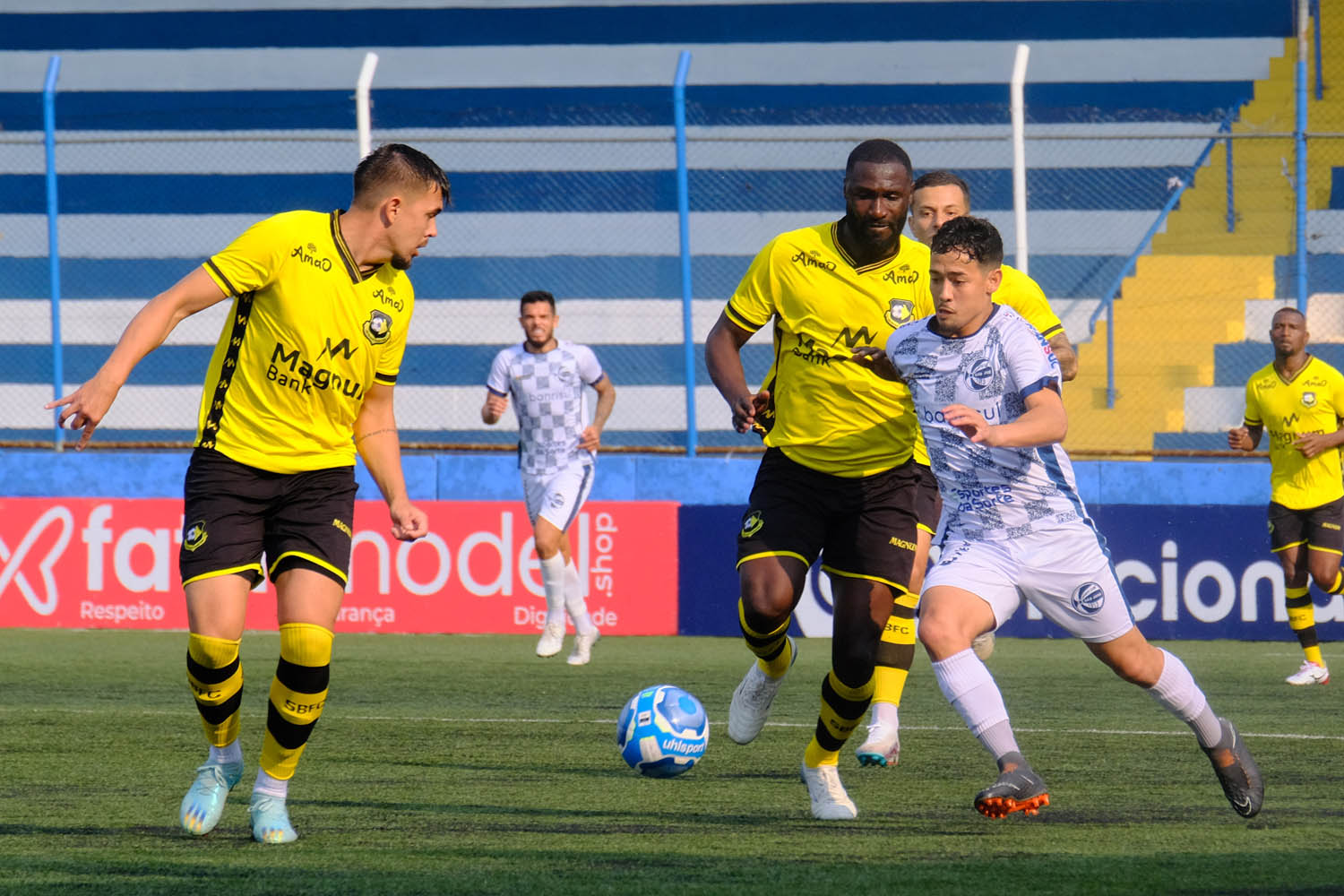
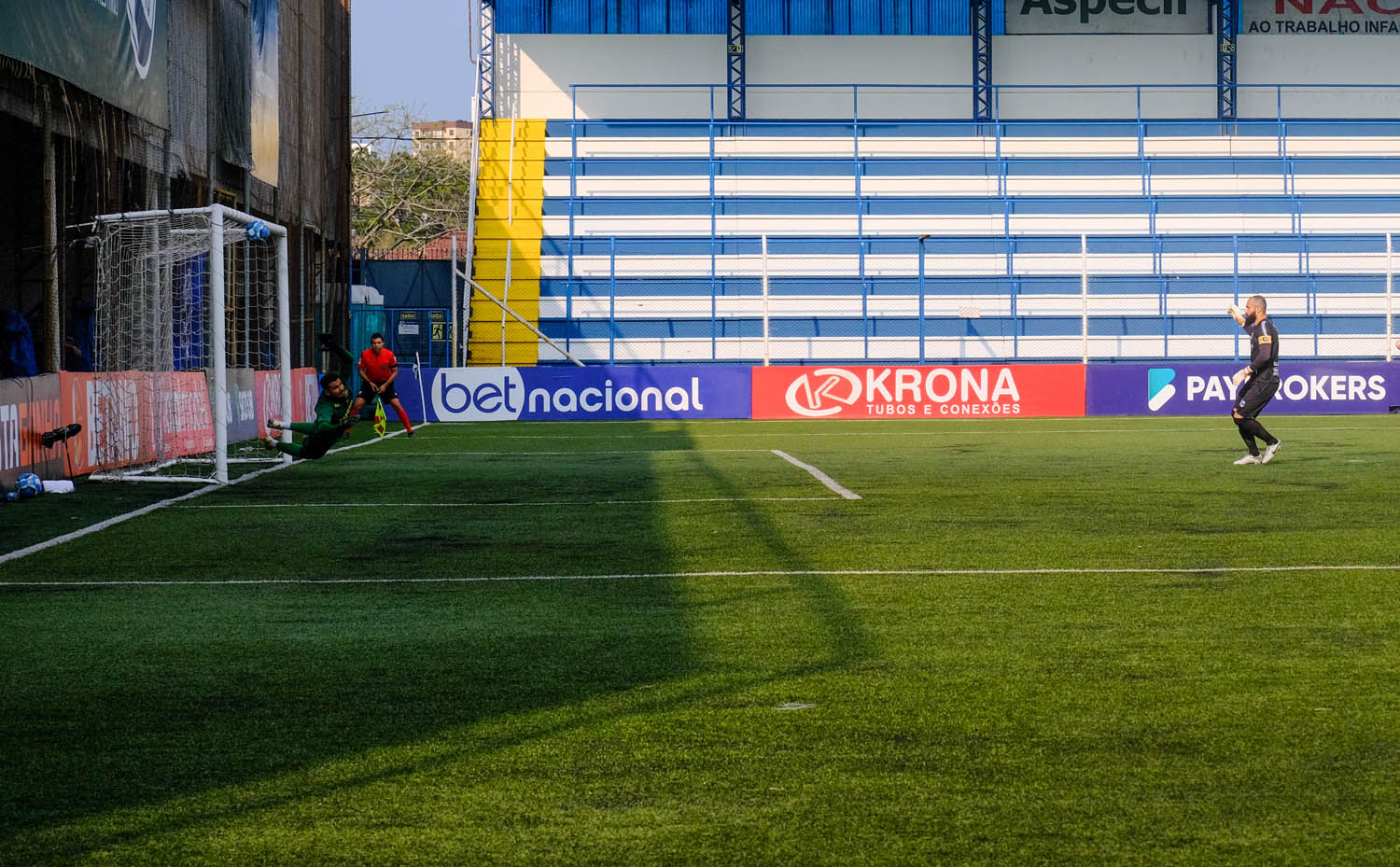
RIGHT: Fuji X-T3 . Fuji XC50-230mmF4.5-6.7 @50mm . F/7.1 . 1/1600″ . ISO 800
Examples of the importance of knowing the needs of each sport and the differences between various equipment and configurations are easily noticeable when comparing photographing a skateboarding competition and a football match – in a football match, everything is in constant movement, so it is necessary to anticipate some movements or progressions to take the best photos, such as the moment of a ball steal, while in skateboarding we need to be aware of the obstacles present on the track and the ramps and platforms that serve as a boost and that will precede the athletes’ acrobatic movements.
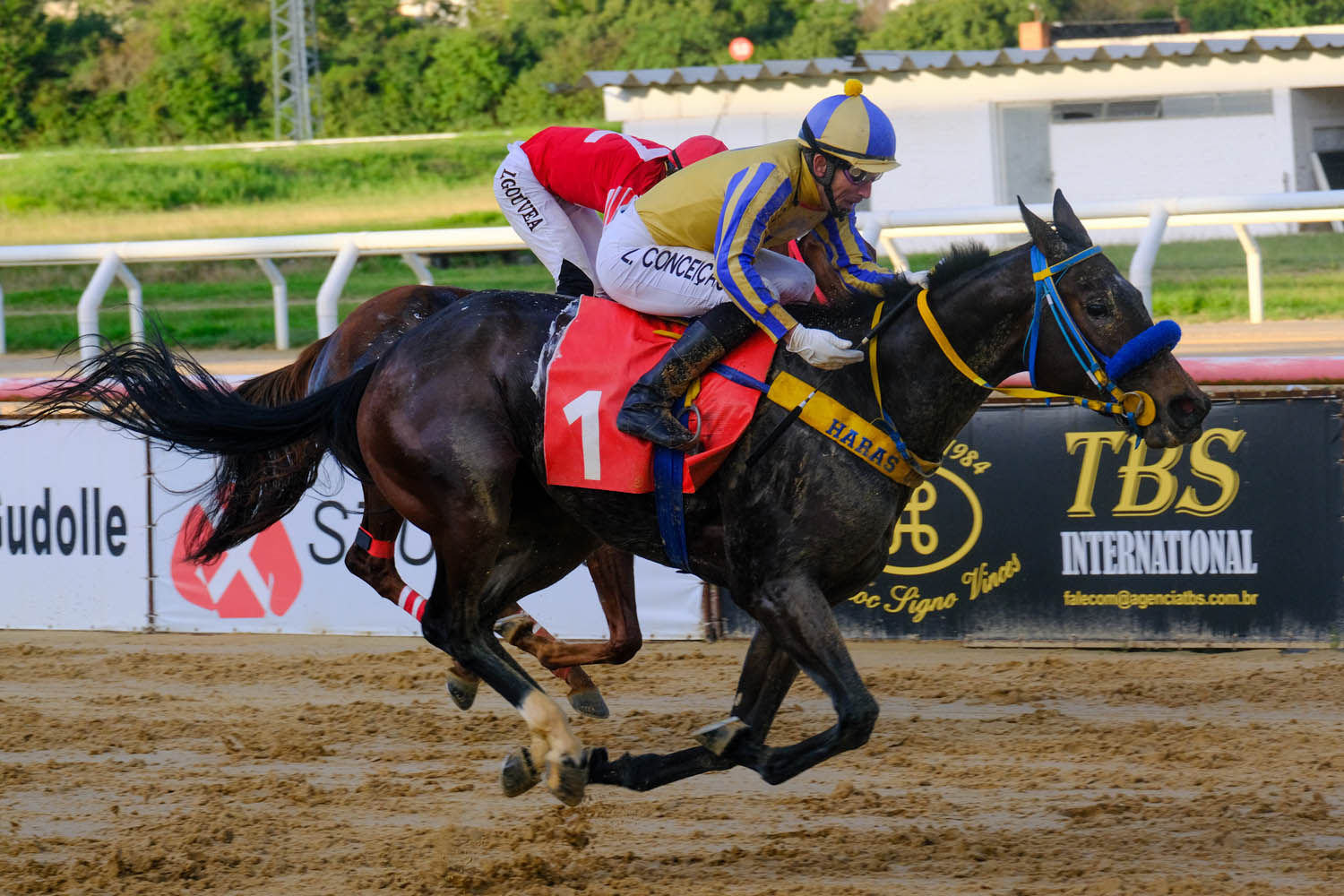
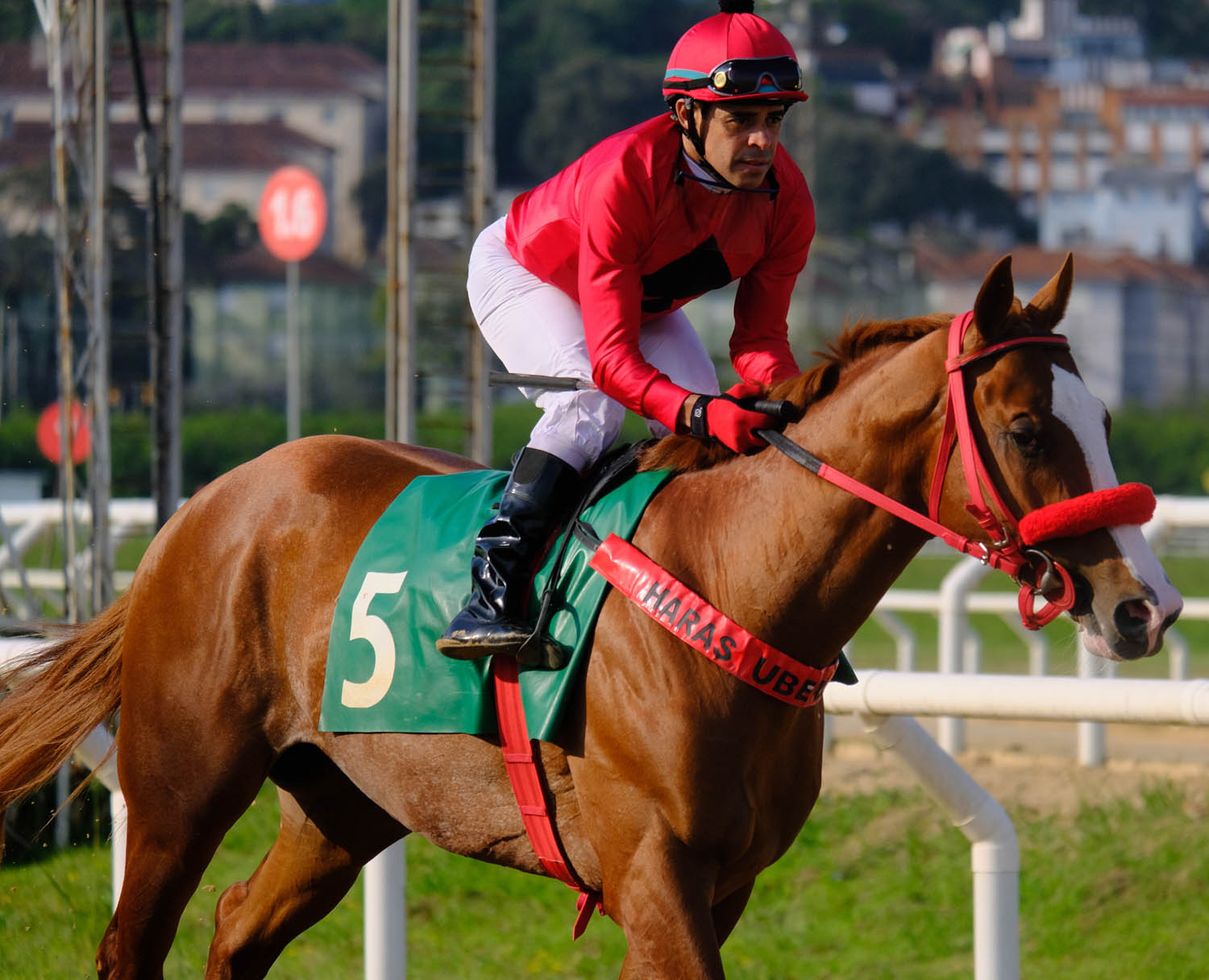
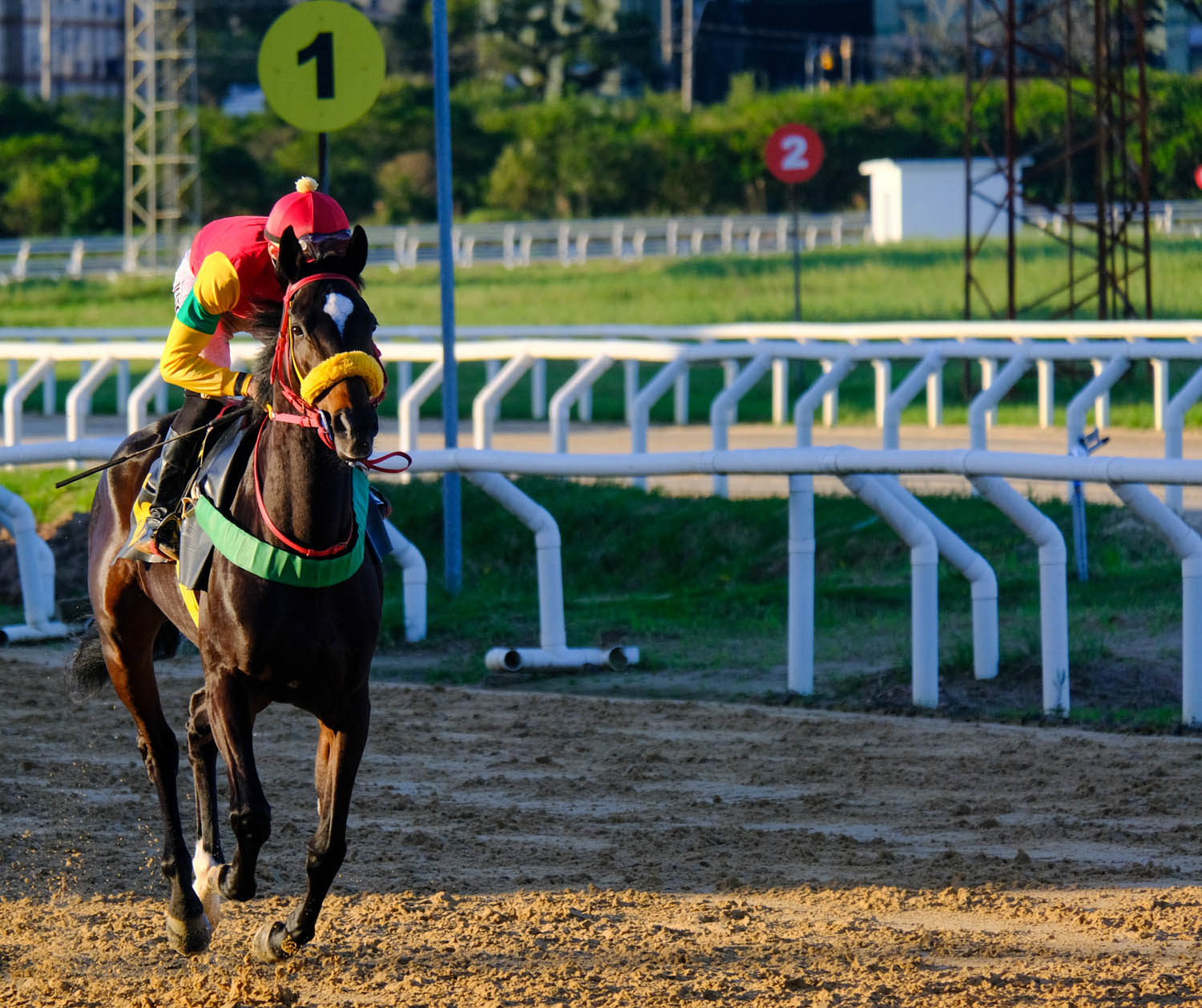
RIGHT: Fuji X-T3 . Fuji XC50-230mmF4.5-6.7 @230mm . F/6.7 . 1/800″ . ISO 800
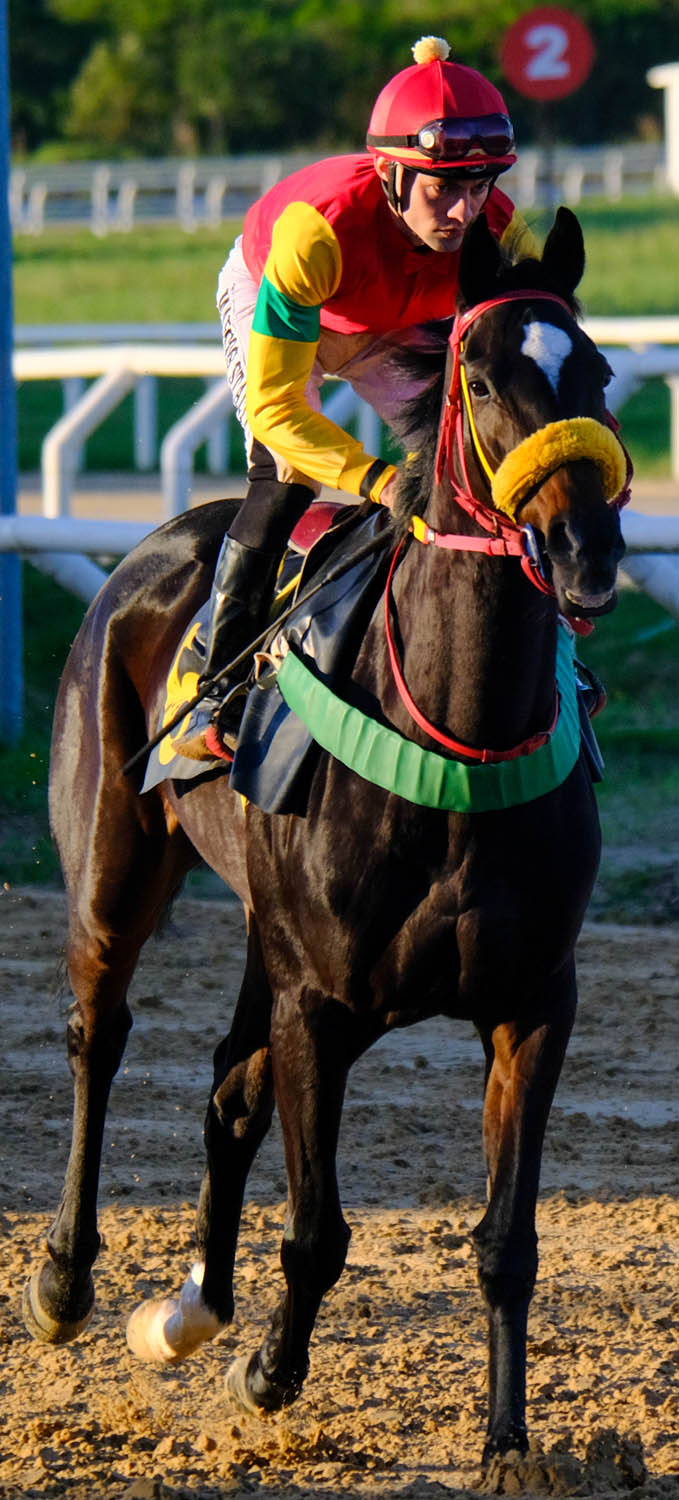
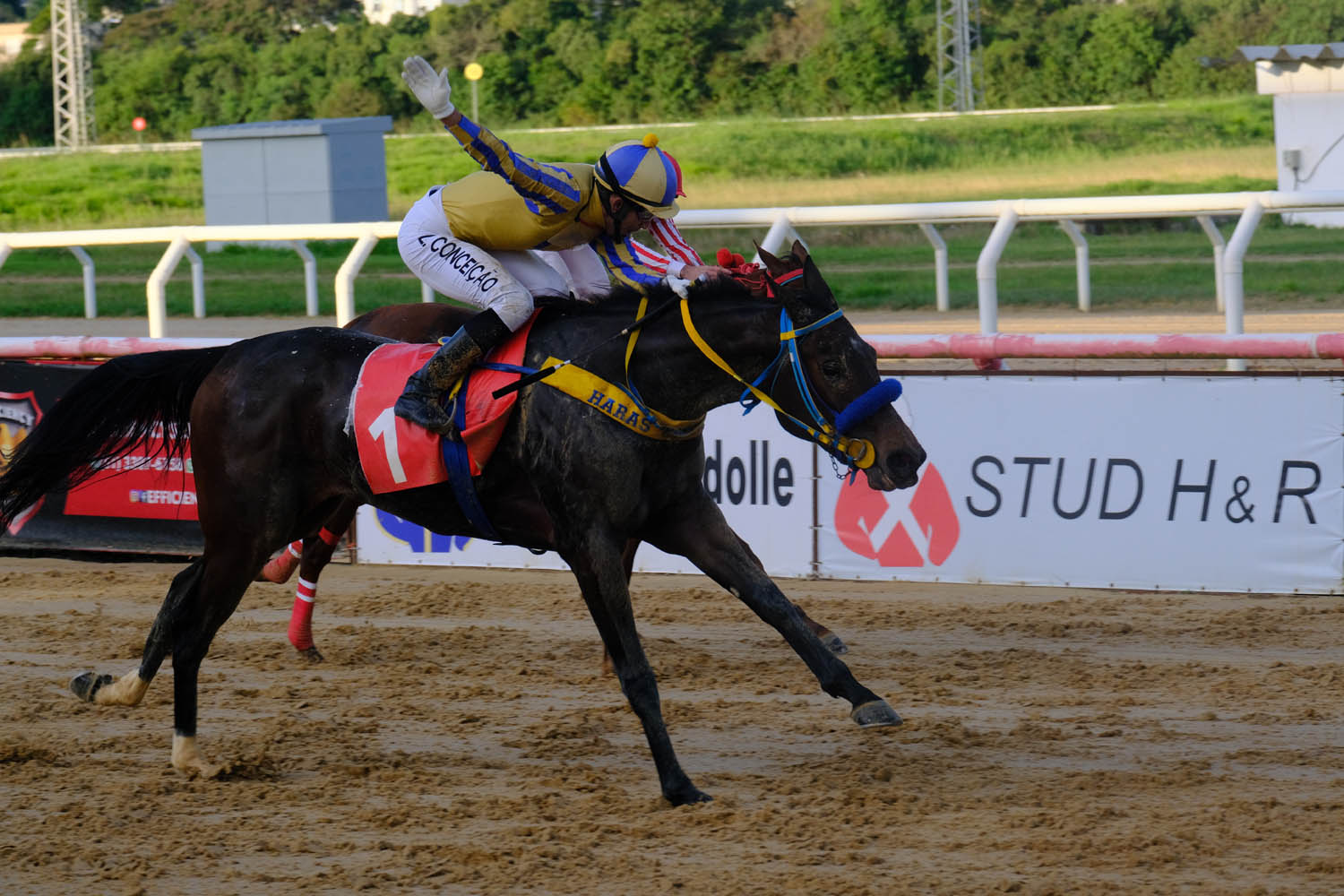
When covering sports, especially in football stadiums, where there are a series of restrictions regarding the movement of photography professionals, I usually use telephoto zoom lenses, as they allow me a varied range of framing of the athletes, allowing, even from long distances, clearly capture all the emotions and tensions of decisive moments, bringing me closer to both athletes and the public.
Finally, is important to always keep in mind that sports photographs have a significant emotional impact on spectators, not only because of the photos of exciting moments, such as that of an athlete winning a competition or performing an impressive movement, but because they also serve as inspiration and motivation for other people enter the world of sports (or, why not, sports photography) and make their dreams come true.
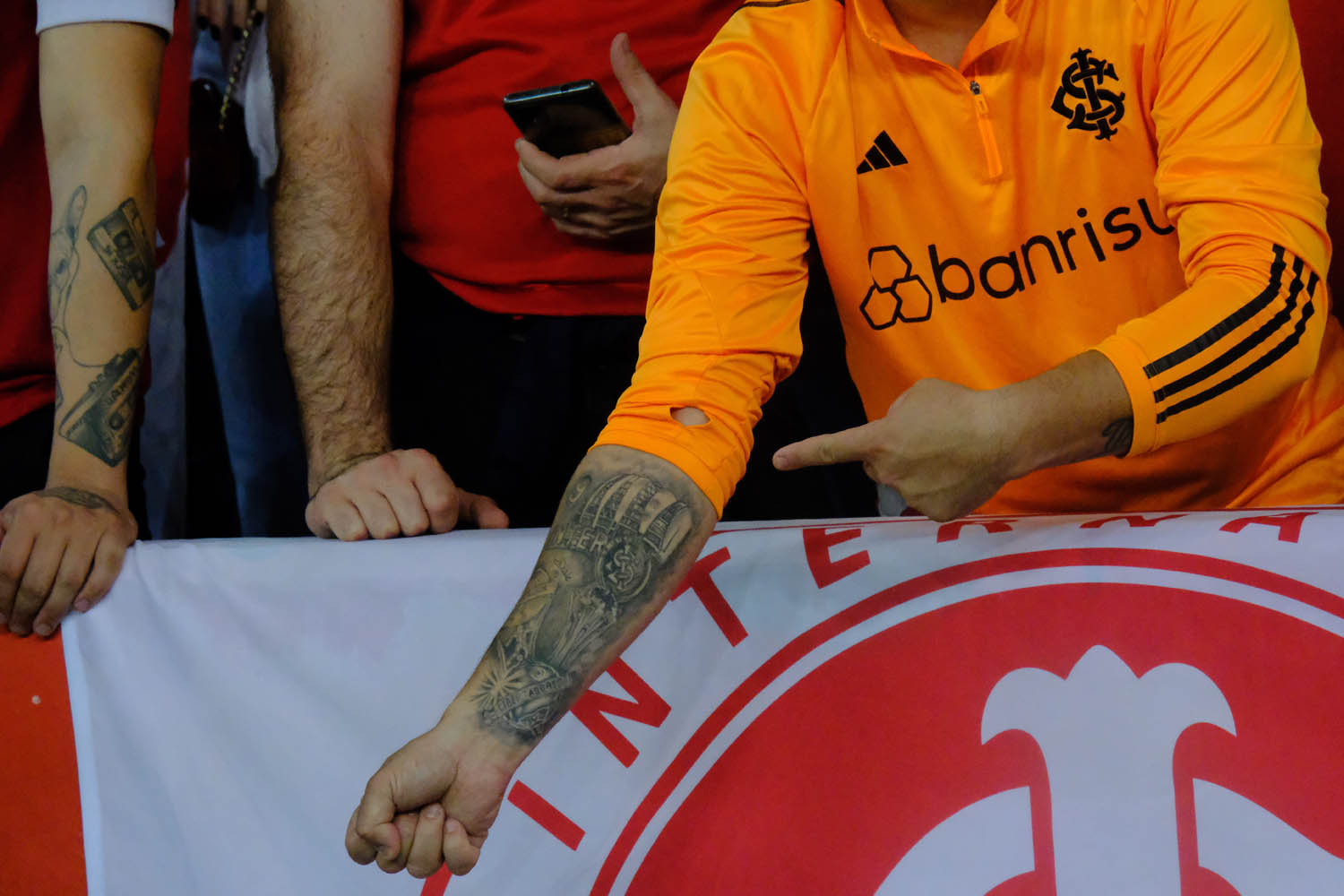
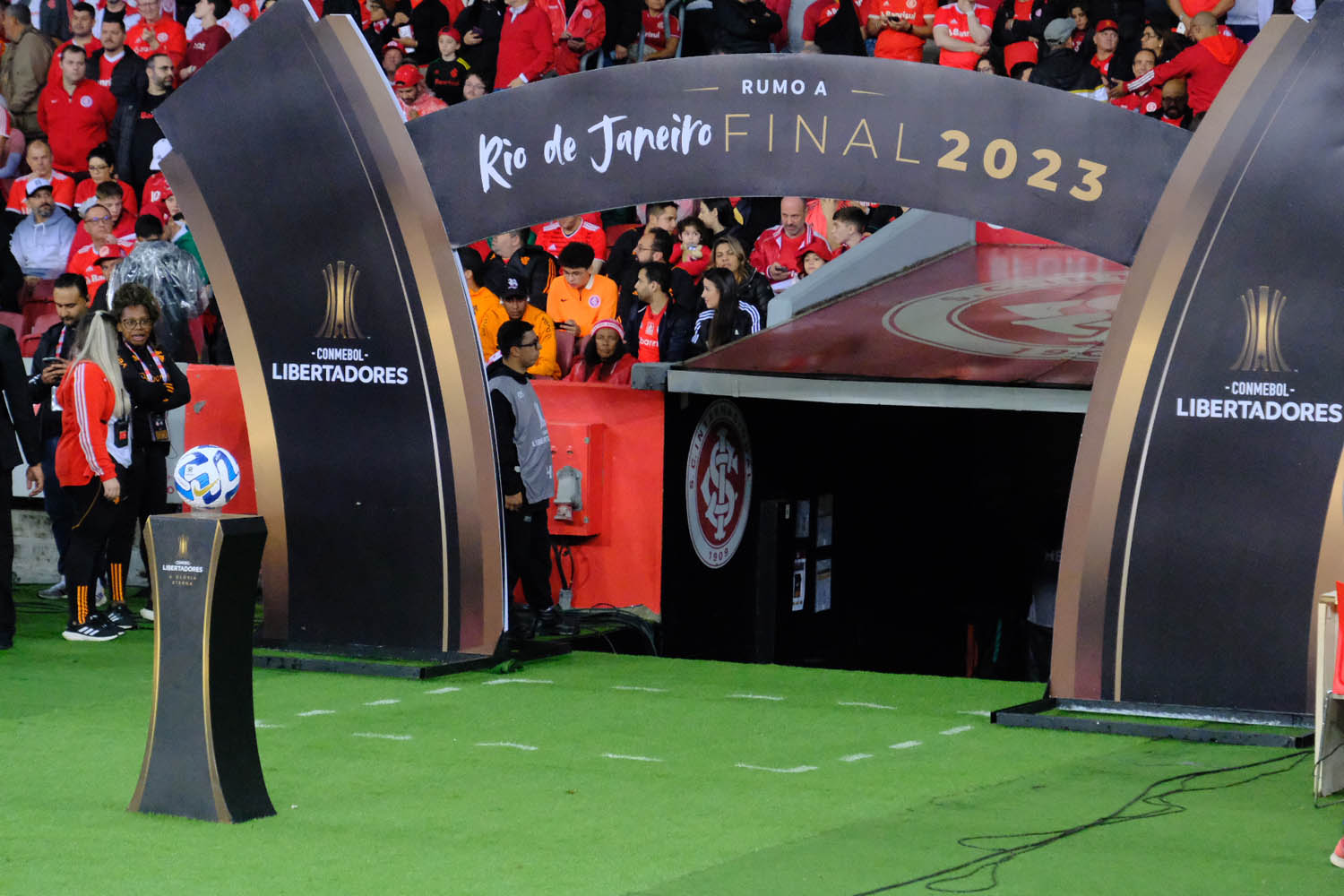
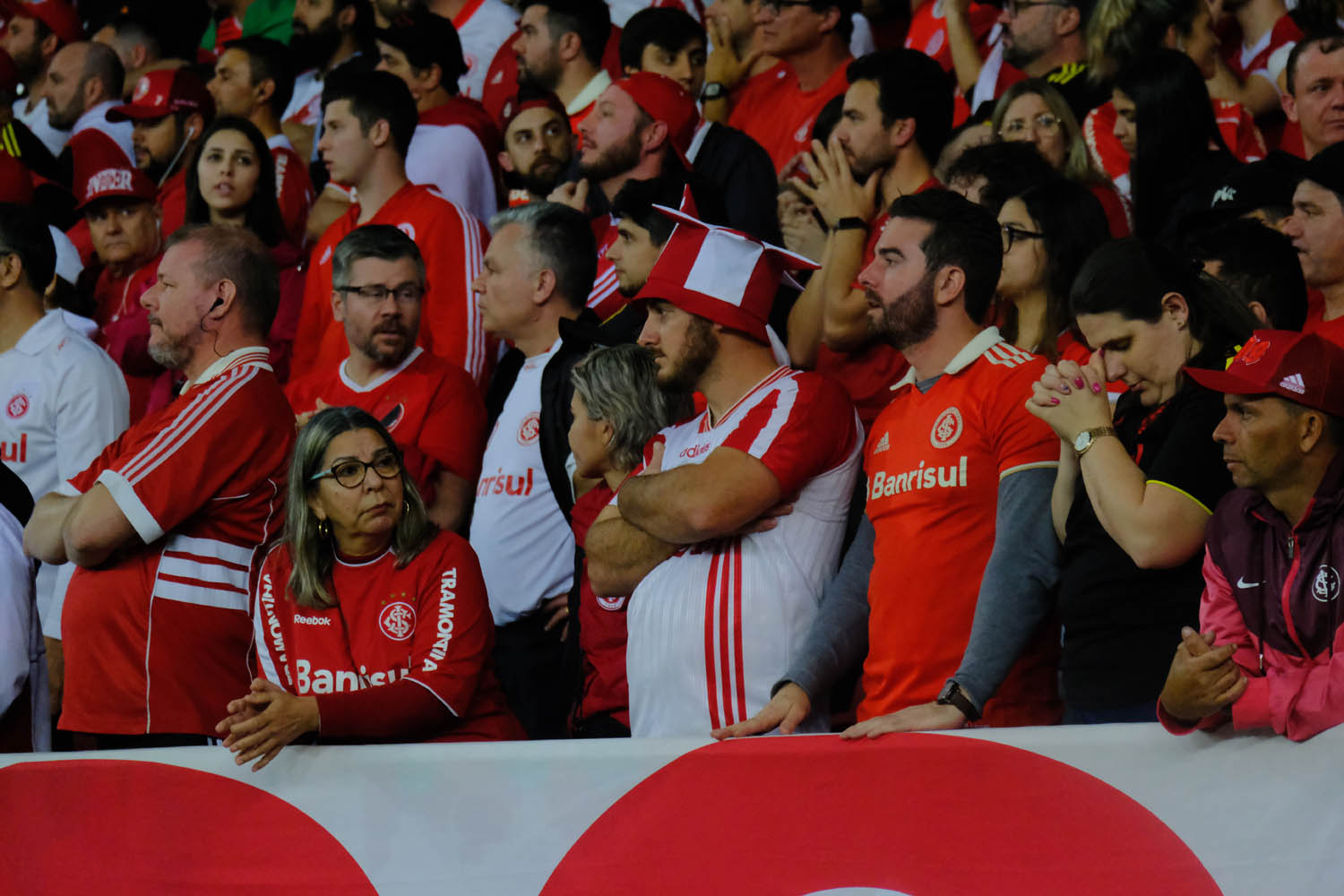
RIGHT: Fuji X-T3 . Fuji XC50-230mmF4.5-6.7 @143.90mm . F/6.0 . 1/500″ . ISO 6400
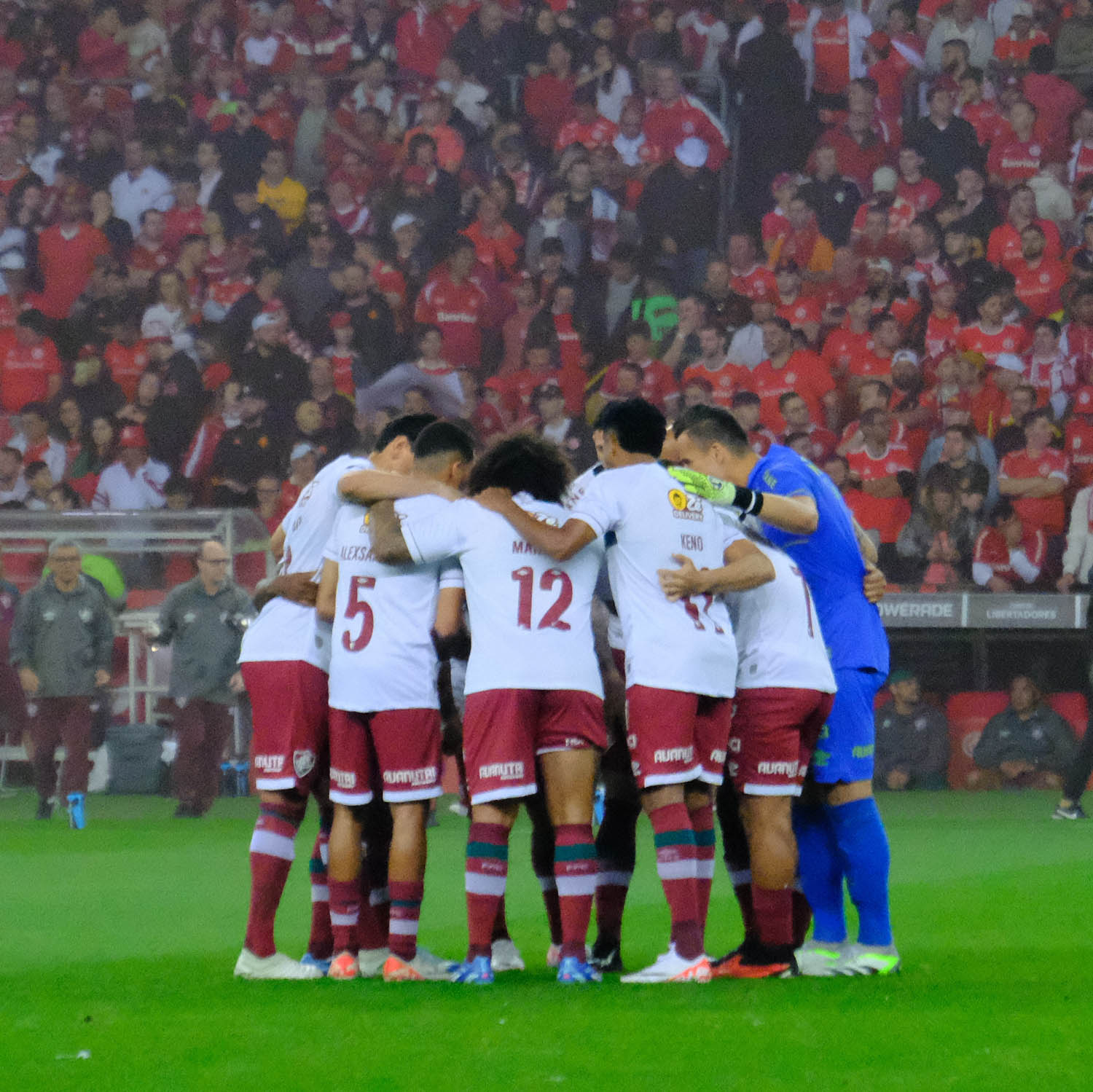
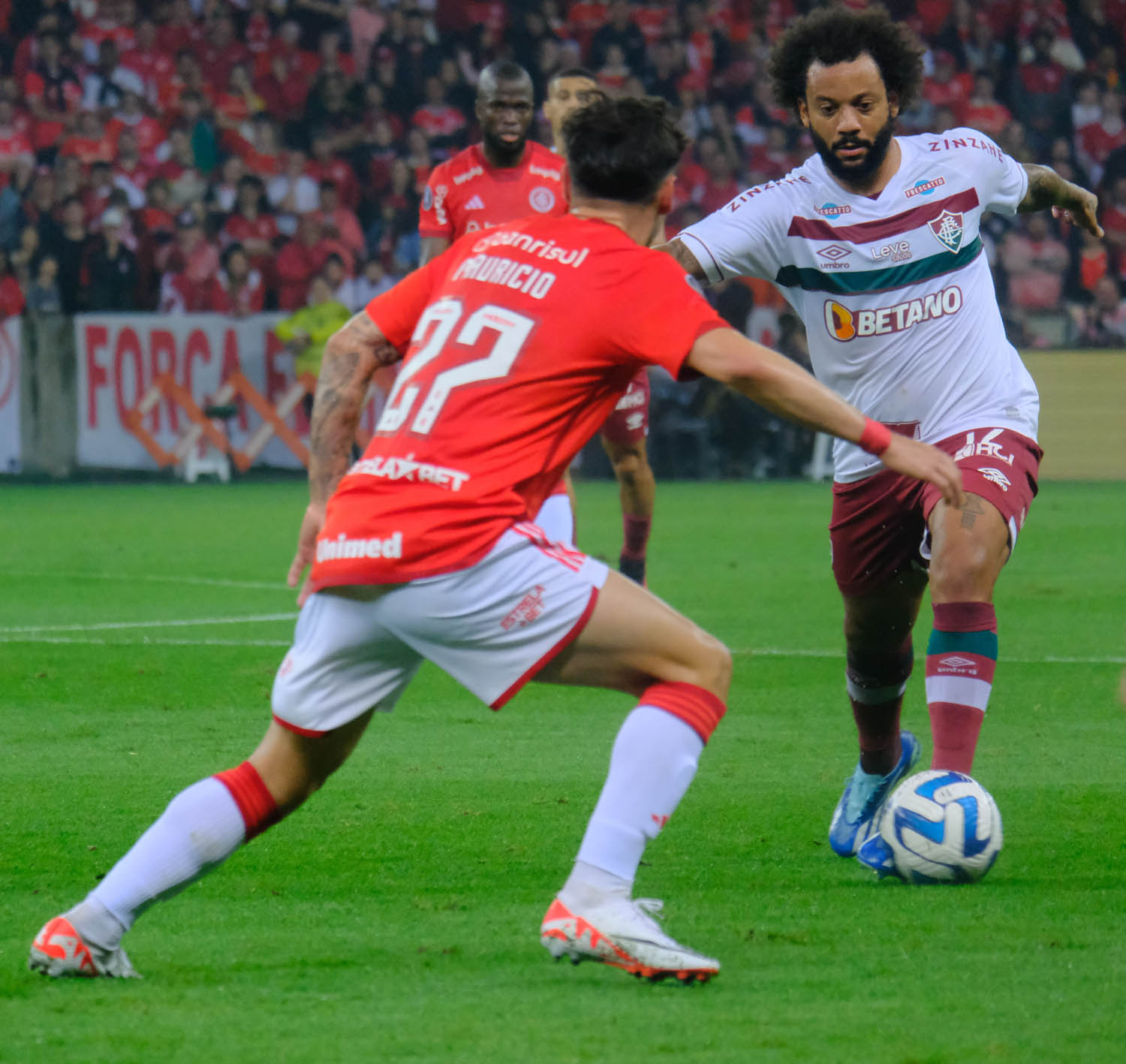
RIGHT: Fuji X-T3 . Fuji XC50-230mmF4.5-6.7 @230mm . F/6.7 . 1/500″ . ISO 6400
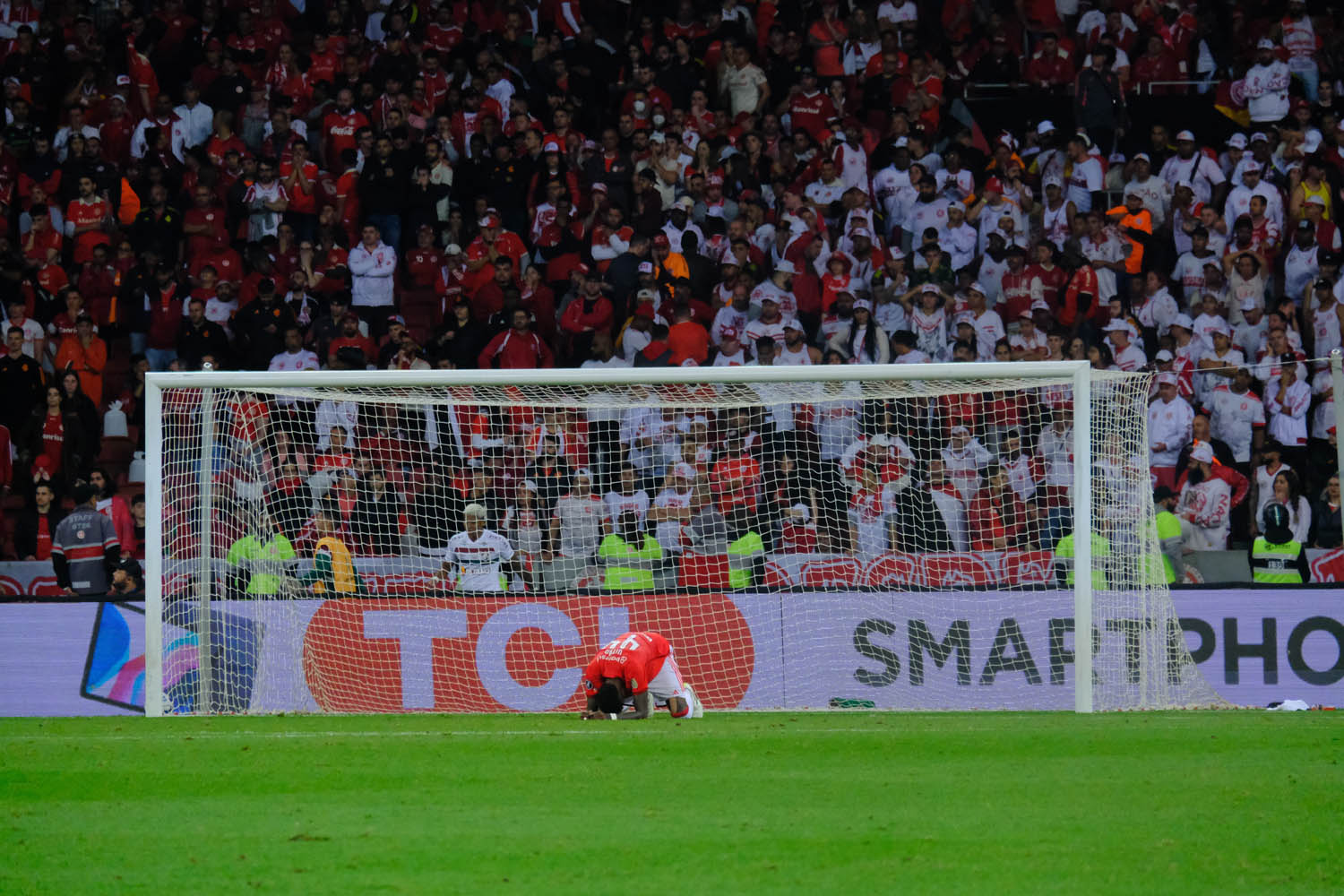
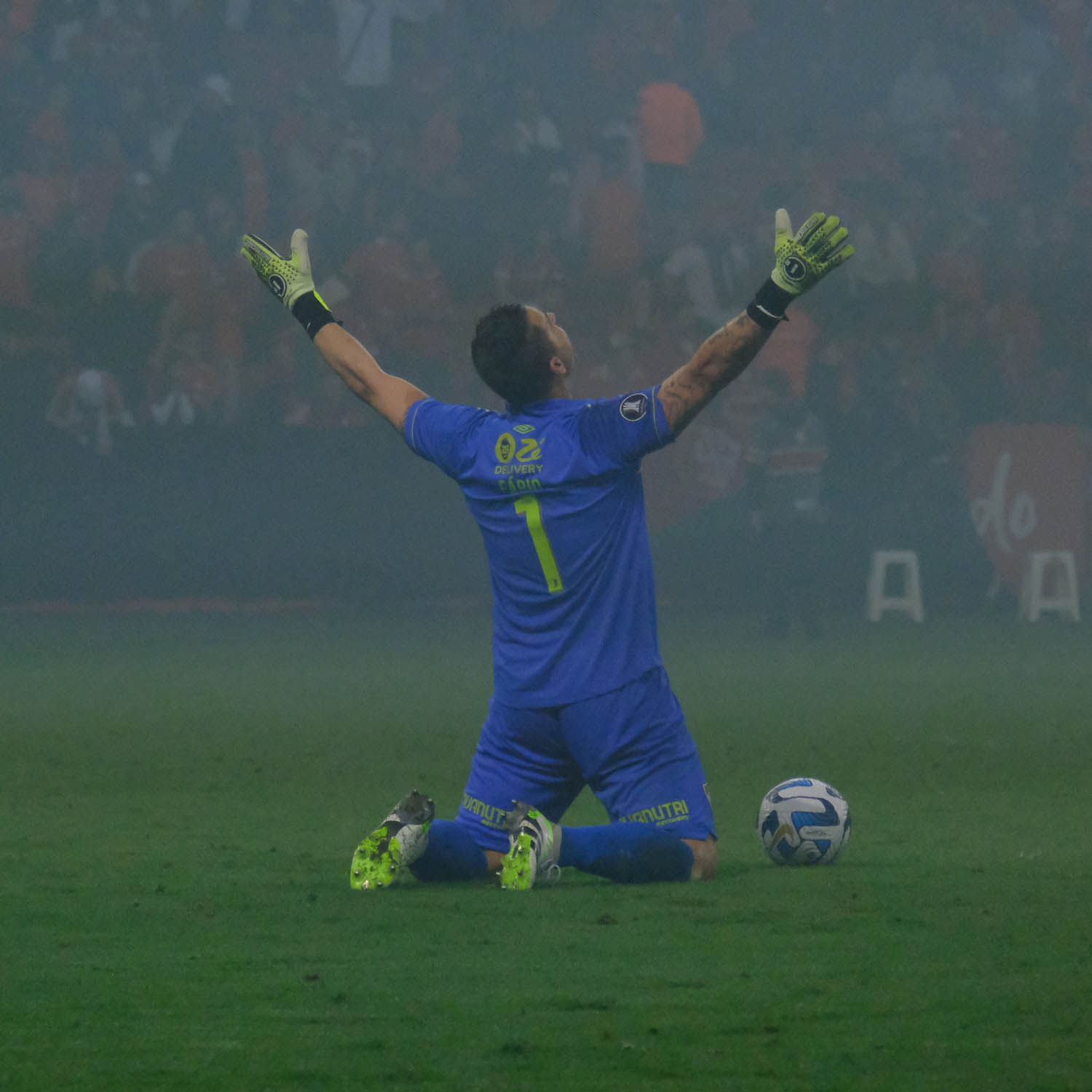
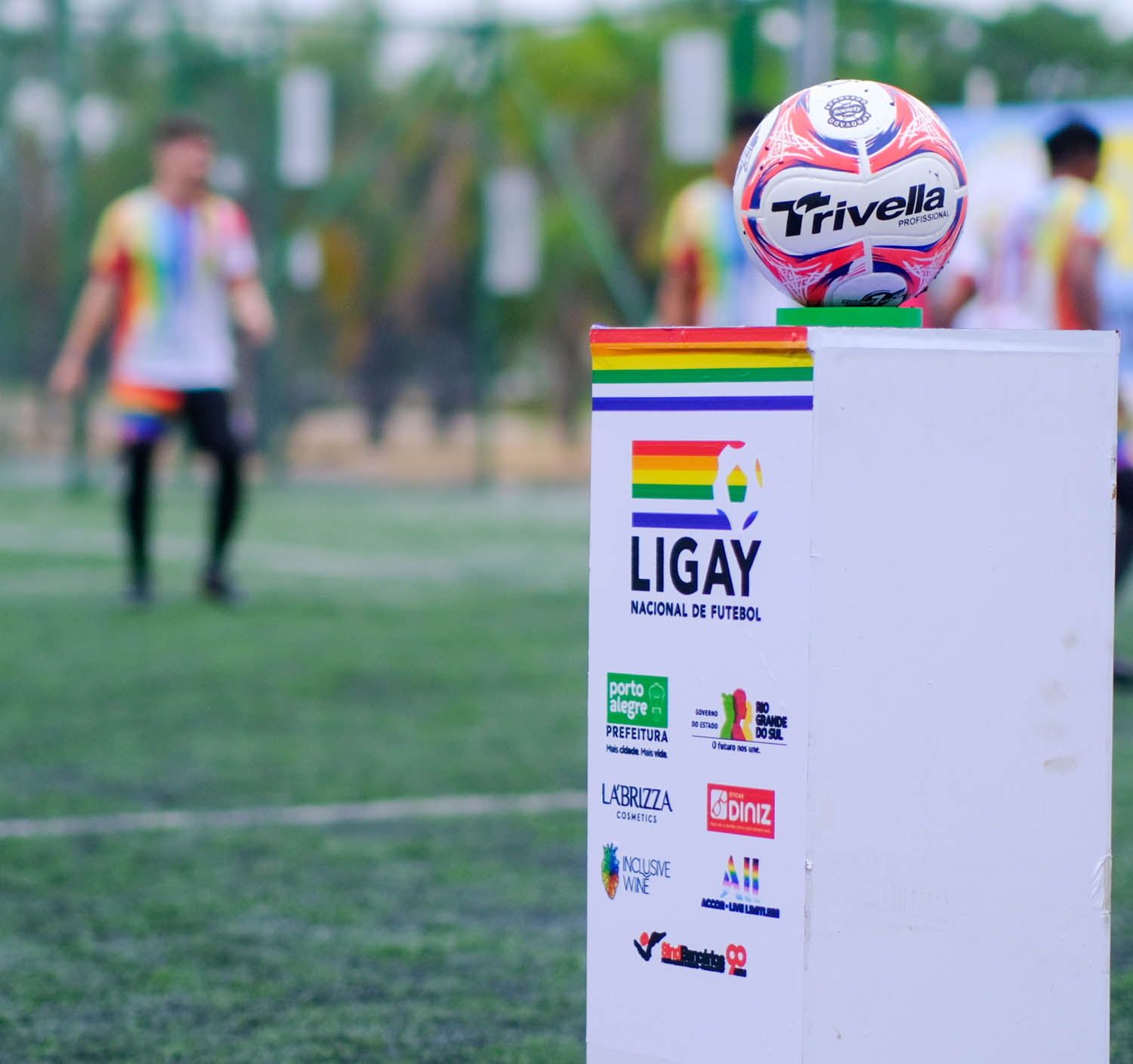
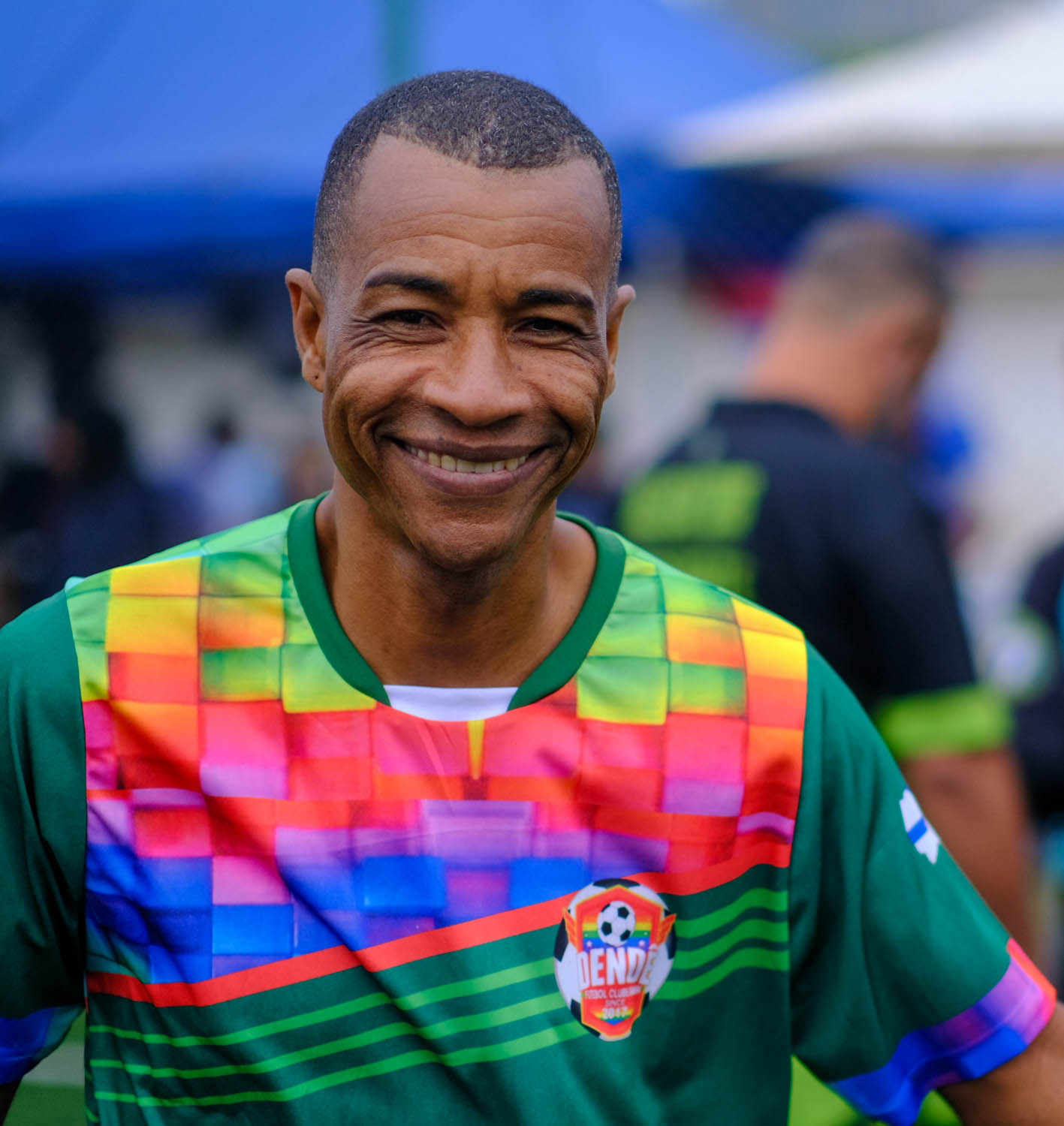
RIGHT: Fuji X-T3 . Fuji XF56mmF1.4 . F/1.4 . 1/10000″ . ISO 400
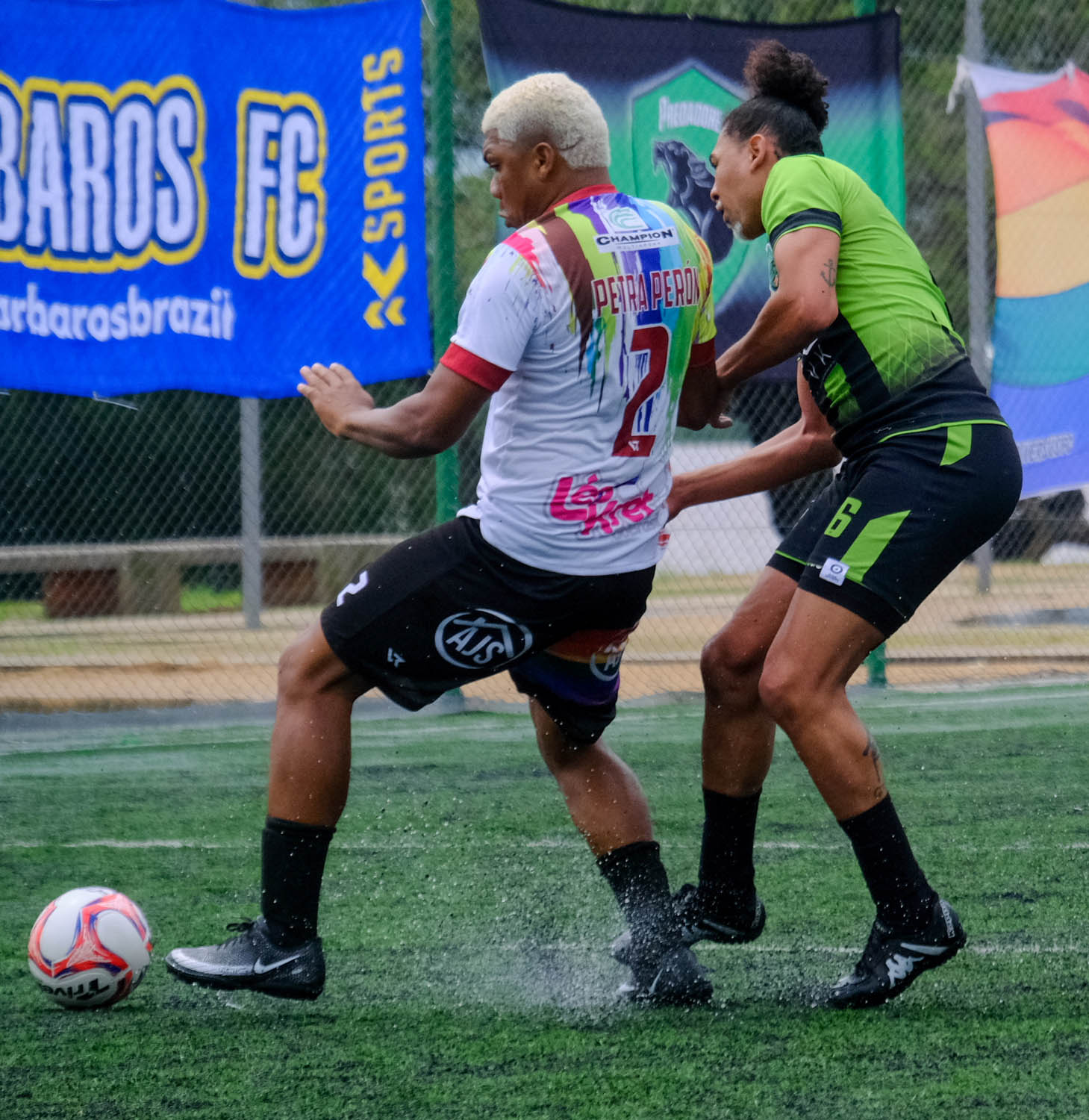
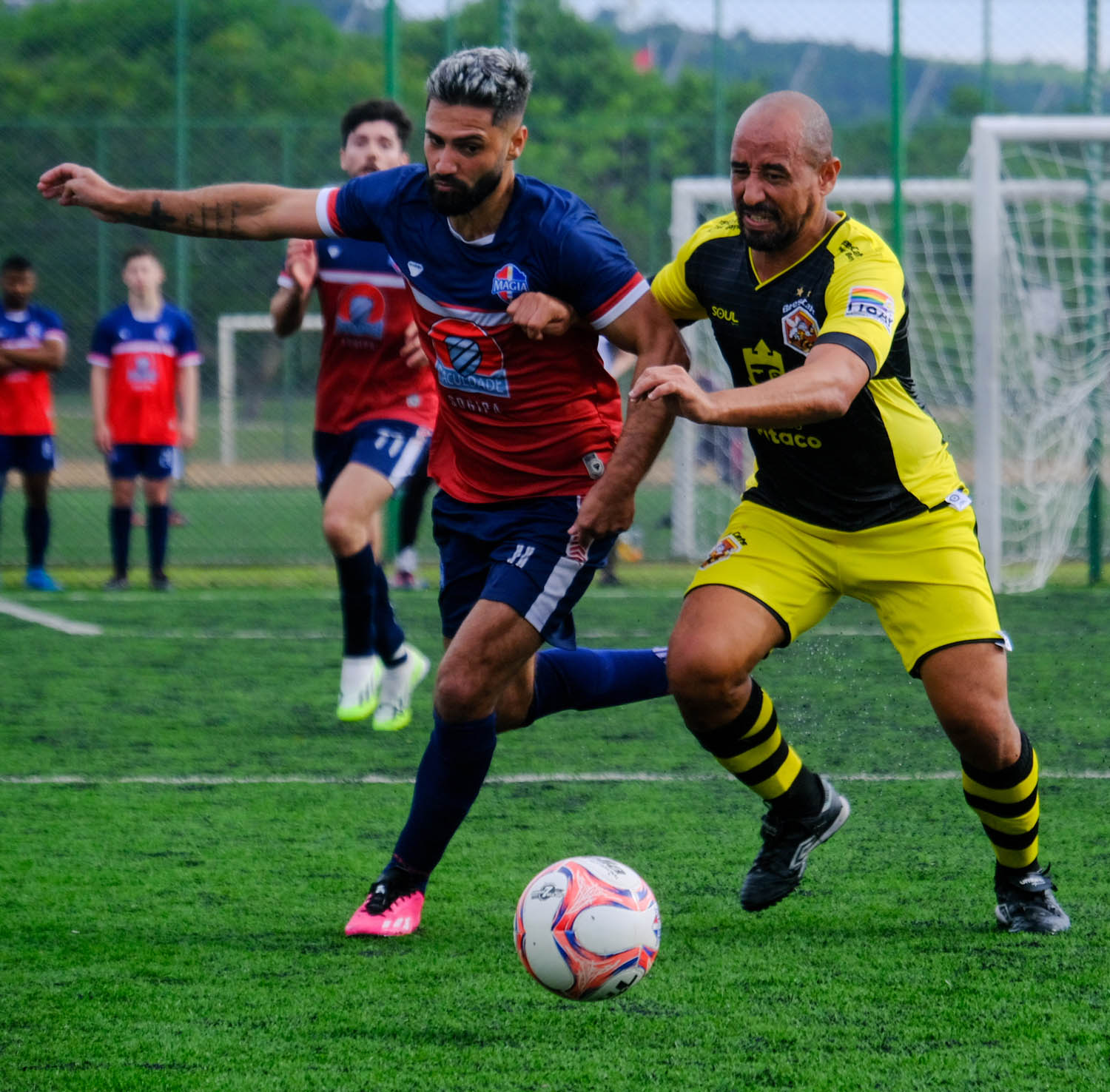
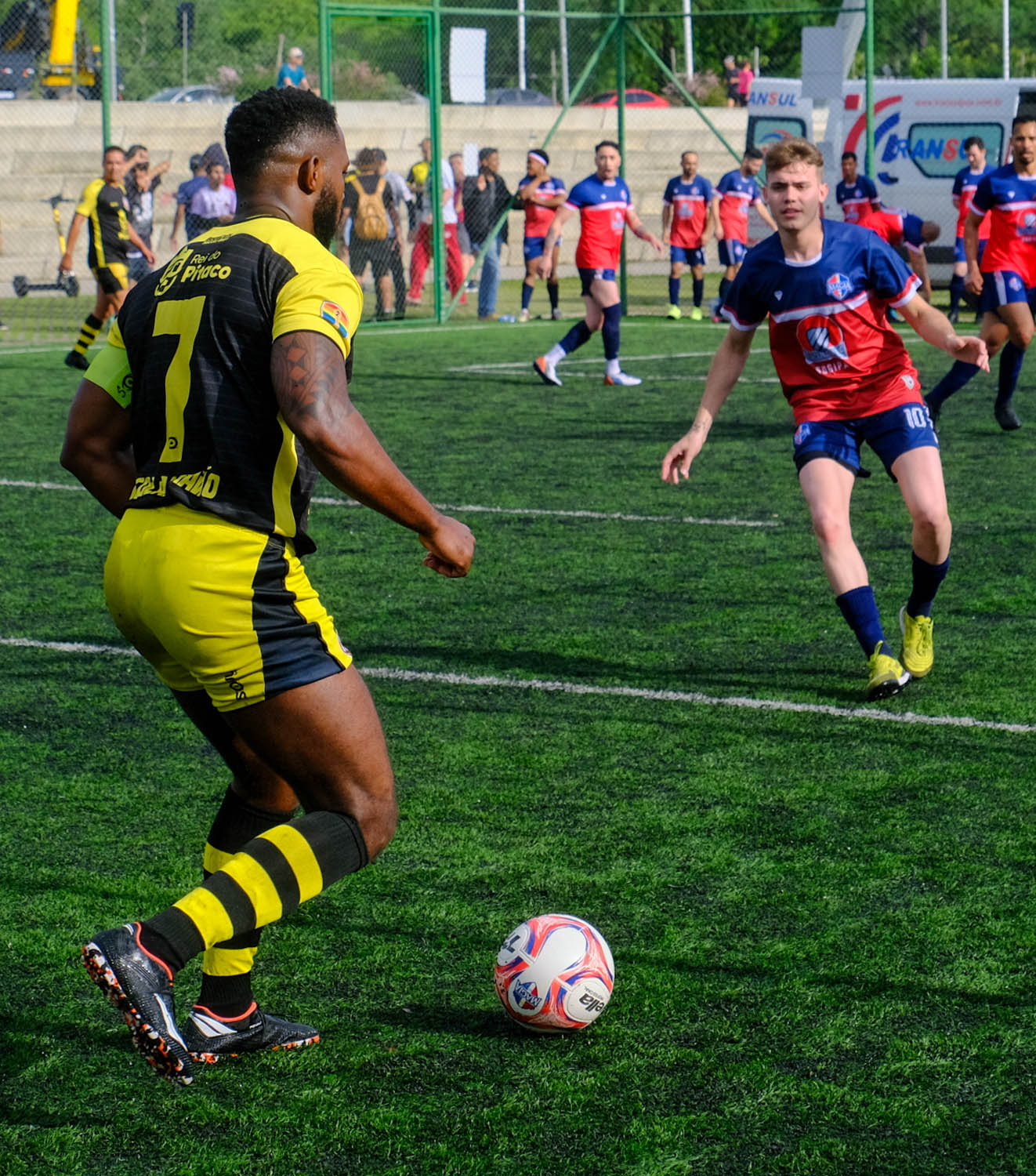
RIGHT: Fuji X-T3 . Fuji XF18-135mmF3.5-5.6 @41.30mm . F/5.6 . 1/3200″ . ISO 800
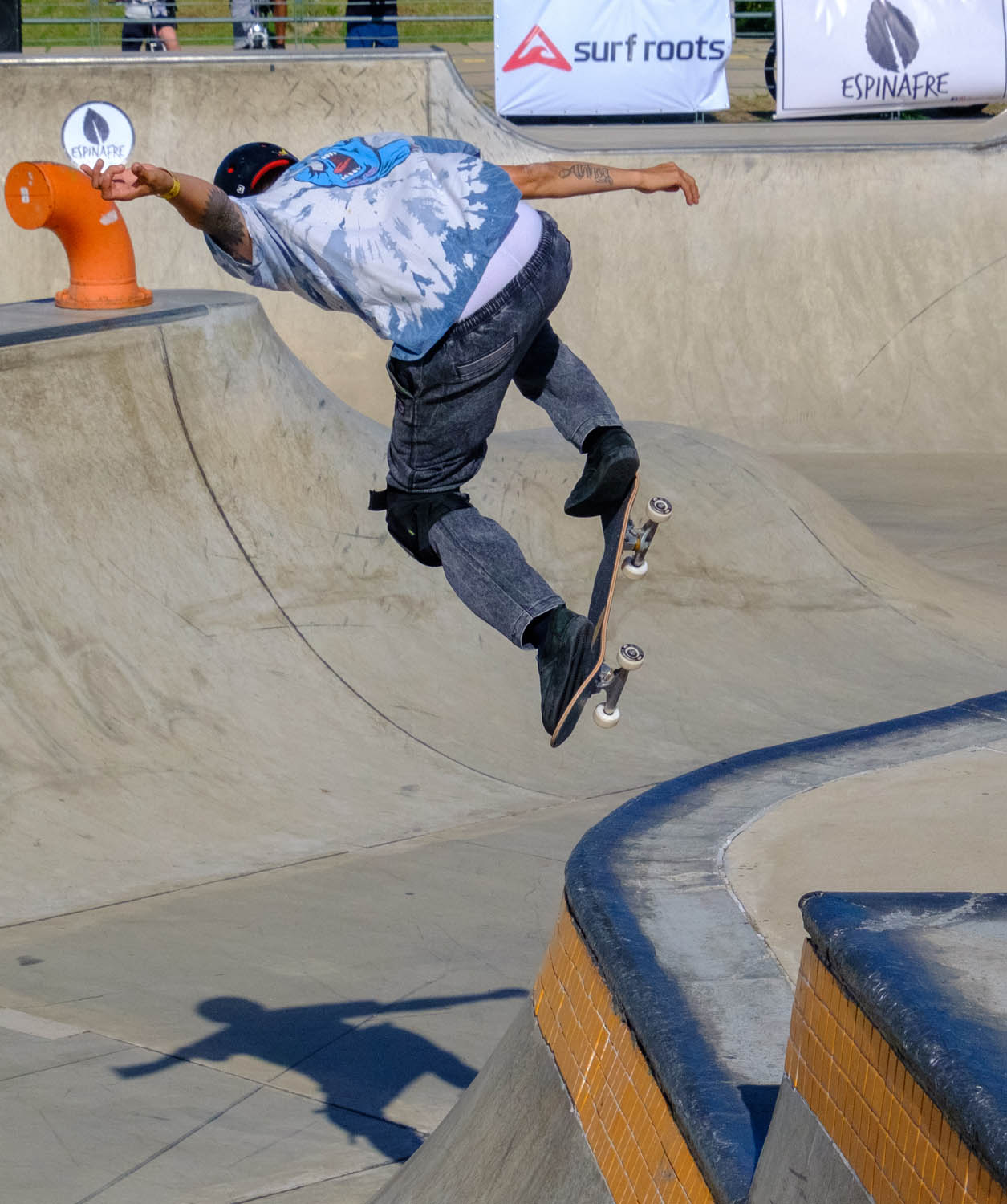
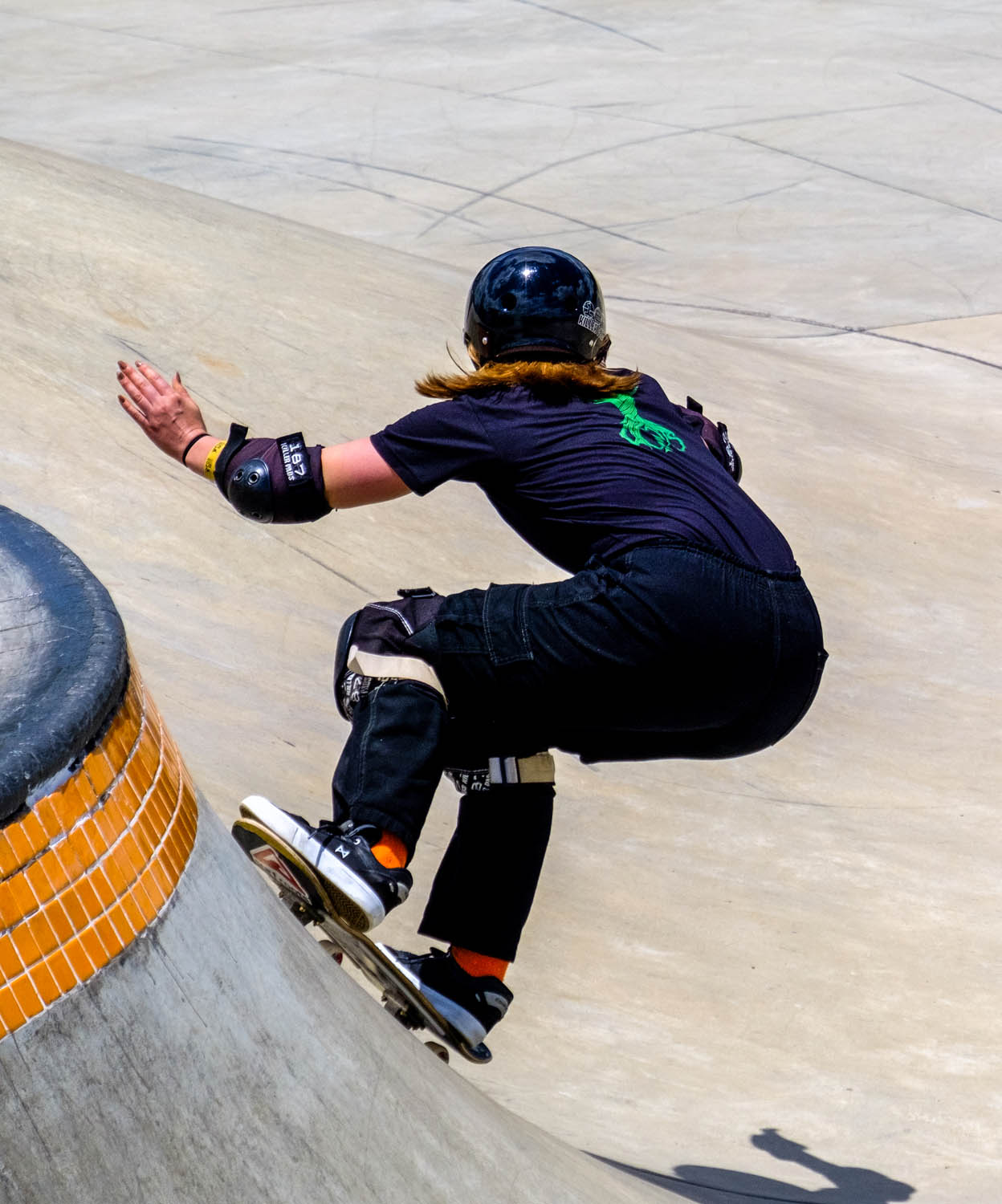
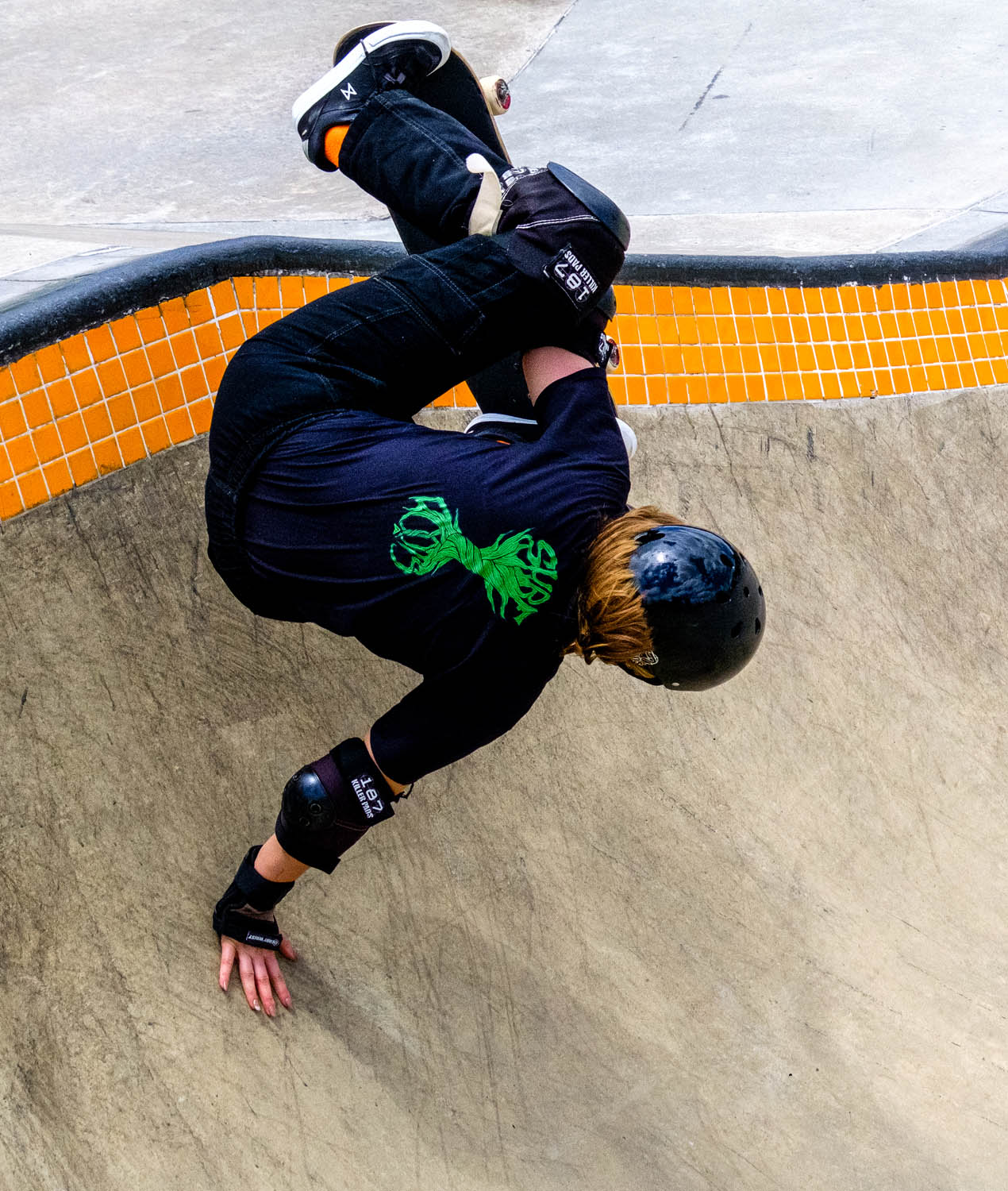
RIGHT: Fuji X-T3 . Fuji XF18-135mmF3.5-5.6 @43.90mm . F/7.1 . 1/8000″ . ISO 3200
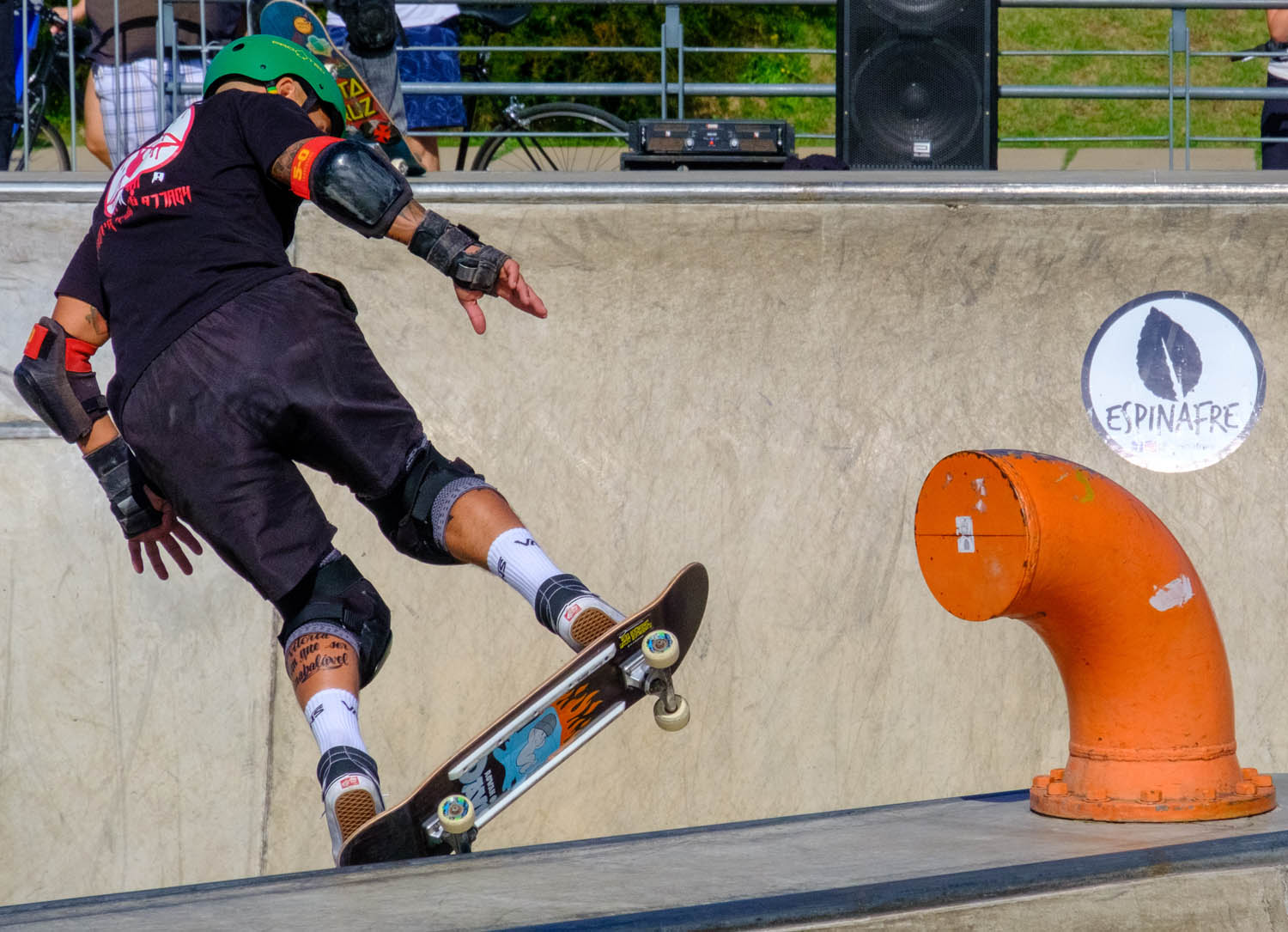
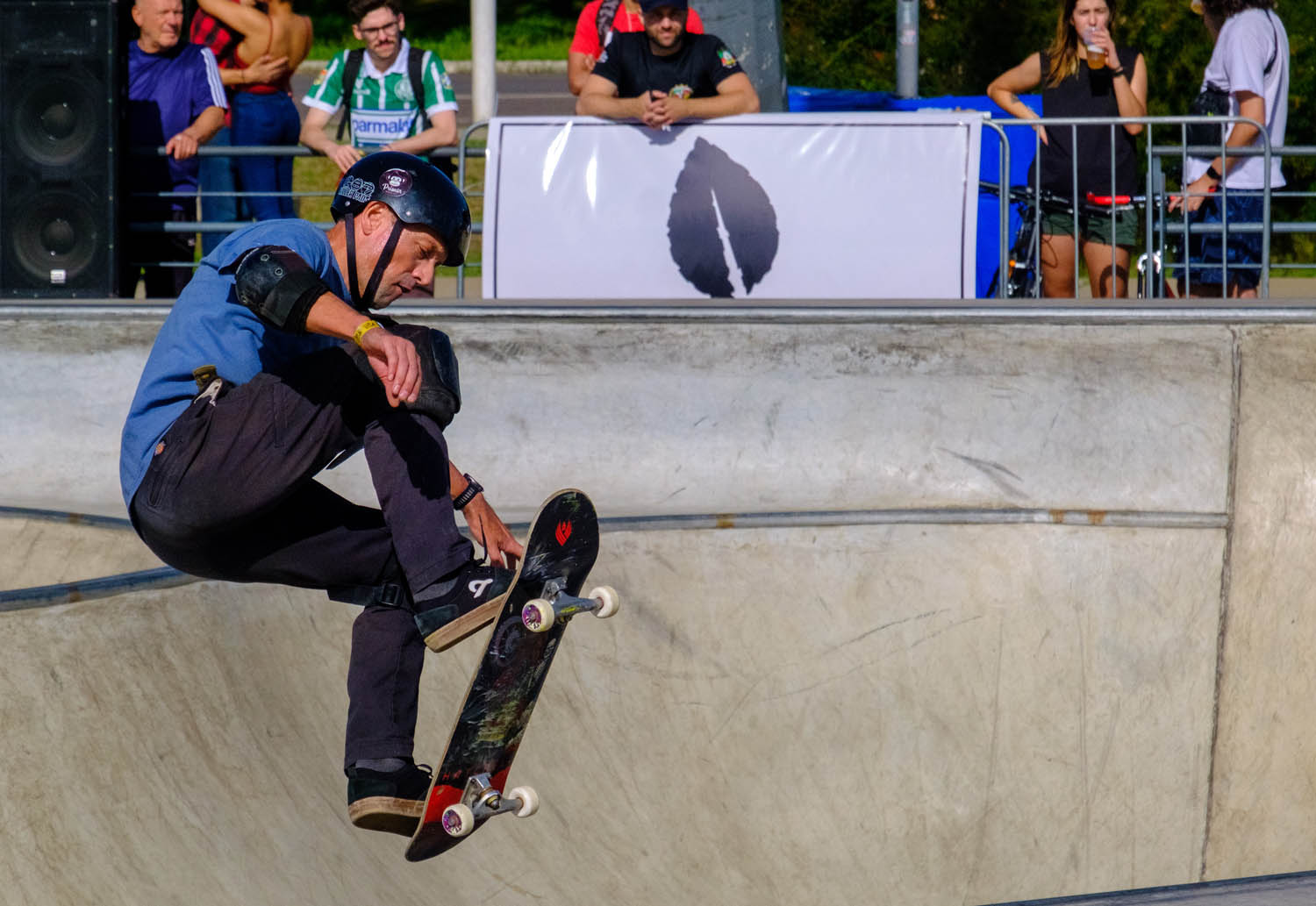
RIGHT: Fuji X-T3 . Fuji XF18-135mmF3.5-5.6 @135mm . F/9 . 1/10000″ . ISO 3200
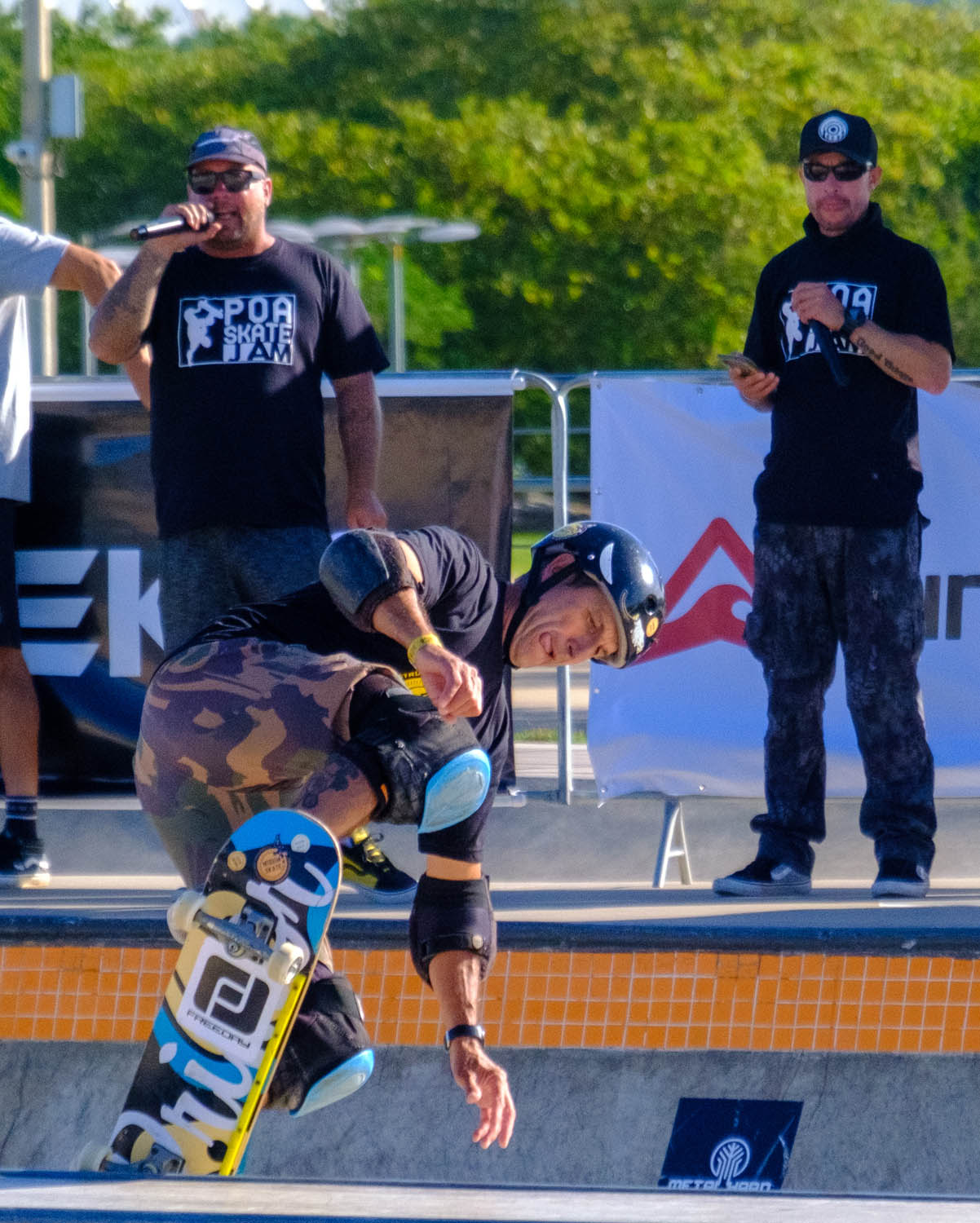
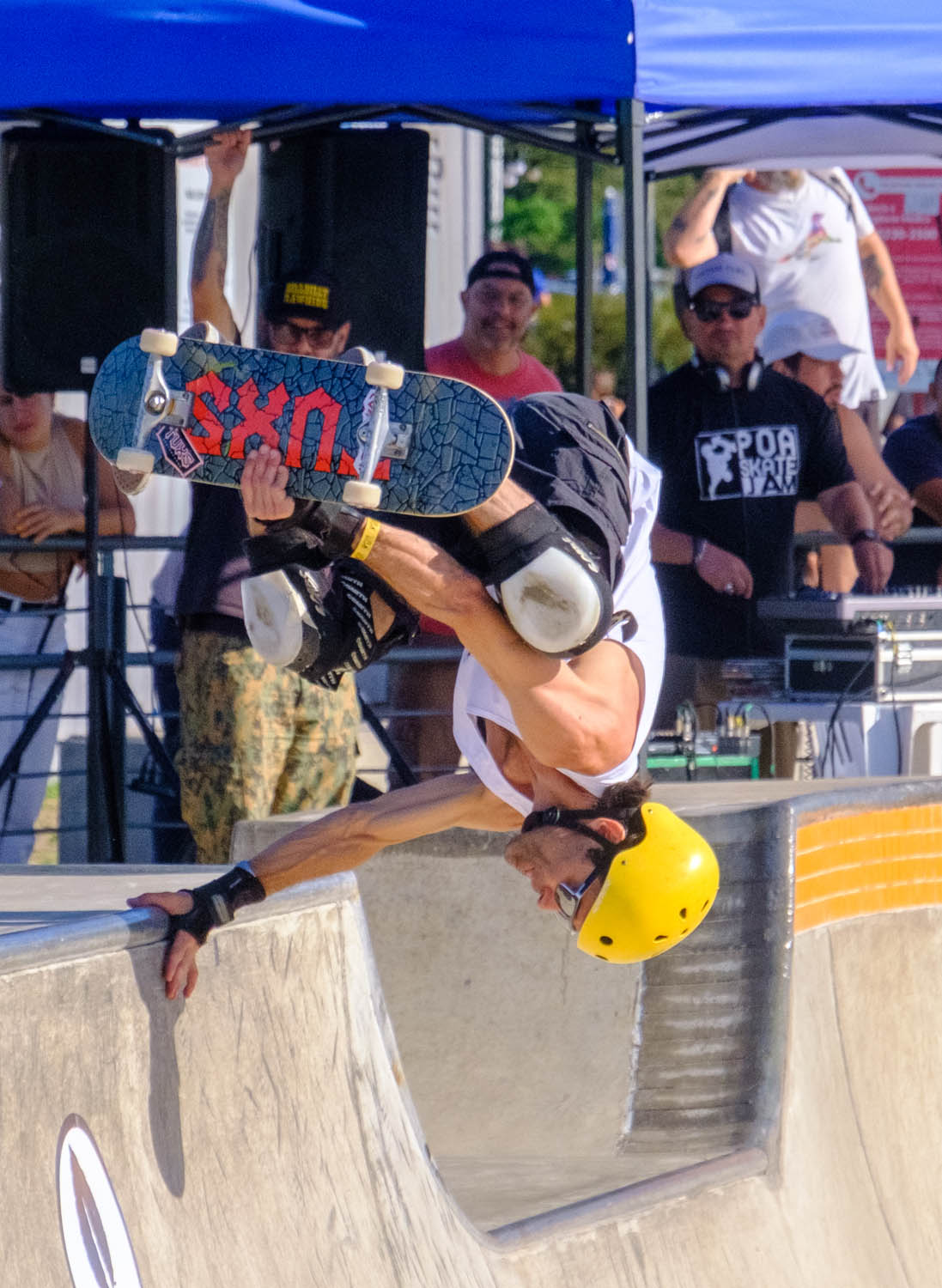
RIGHT: Fuji X-T3 . Fuji XF18-135mmF3.5-5.6 @135mm . F/8 . 1/3200″ . ISO 3200
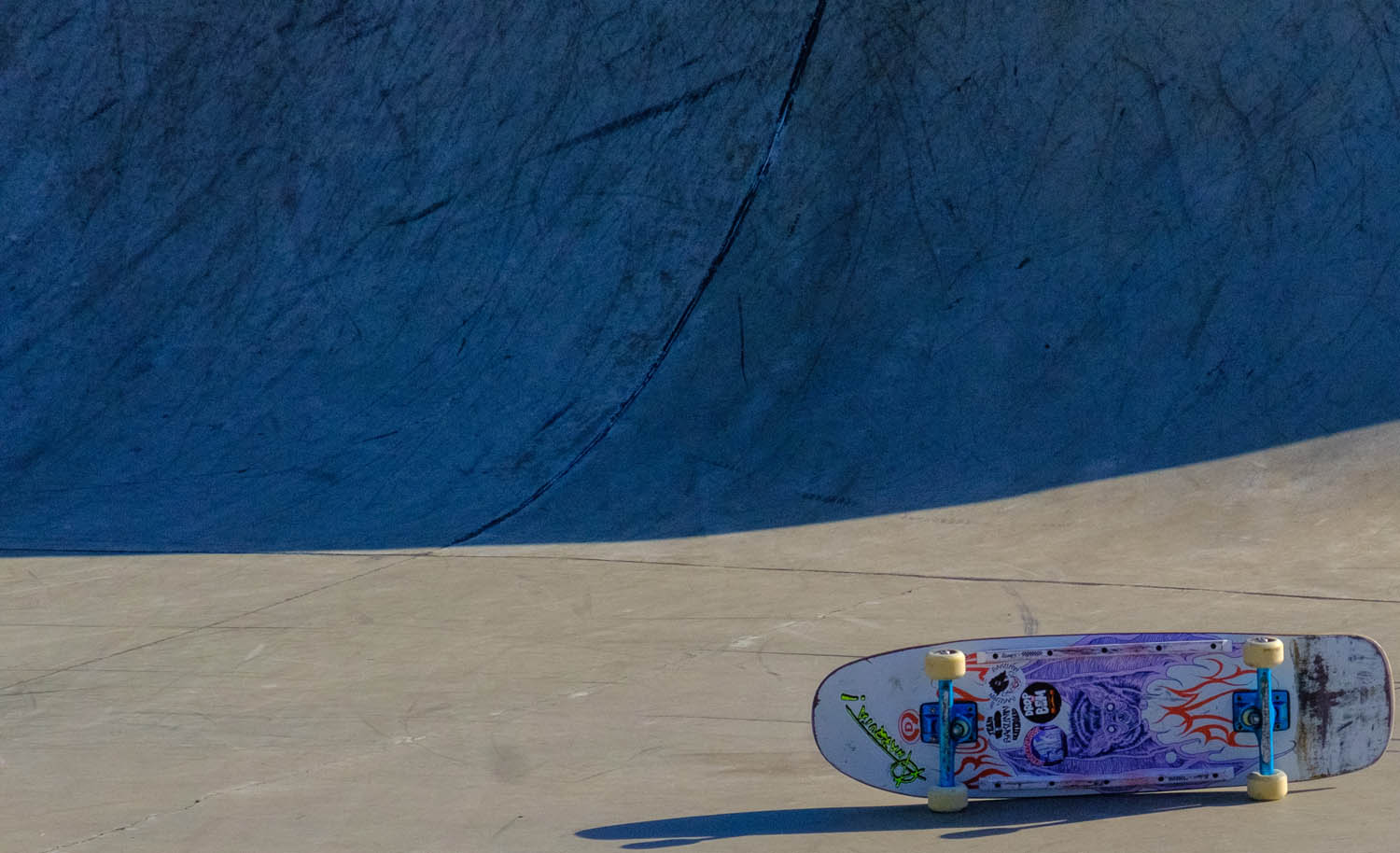
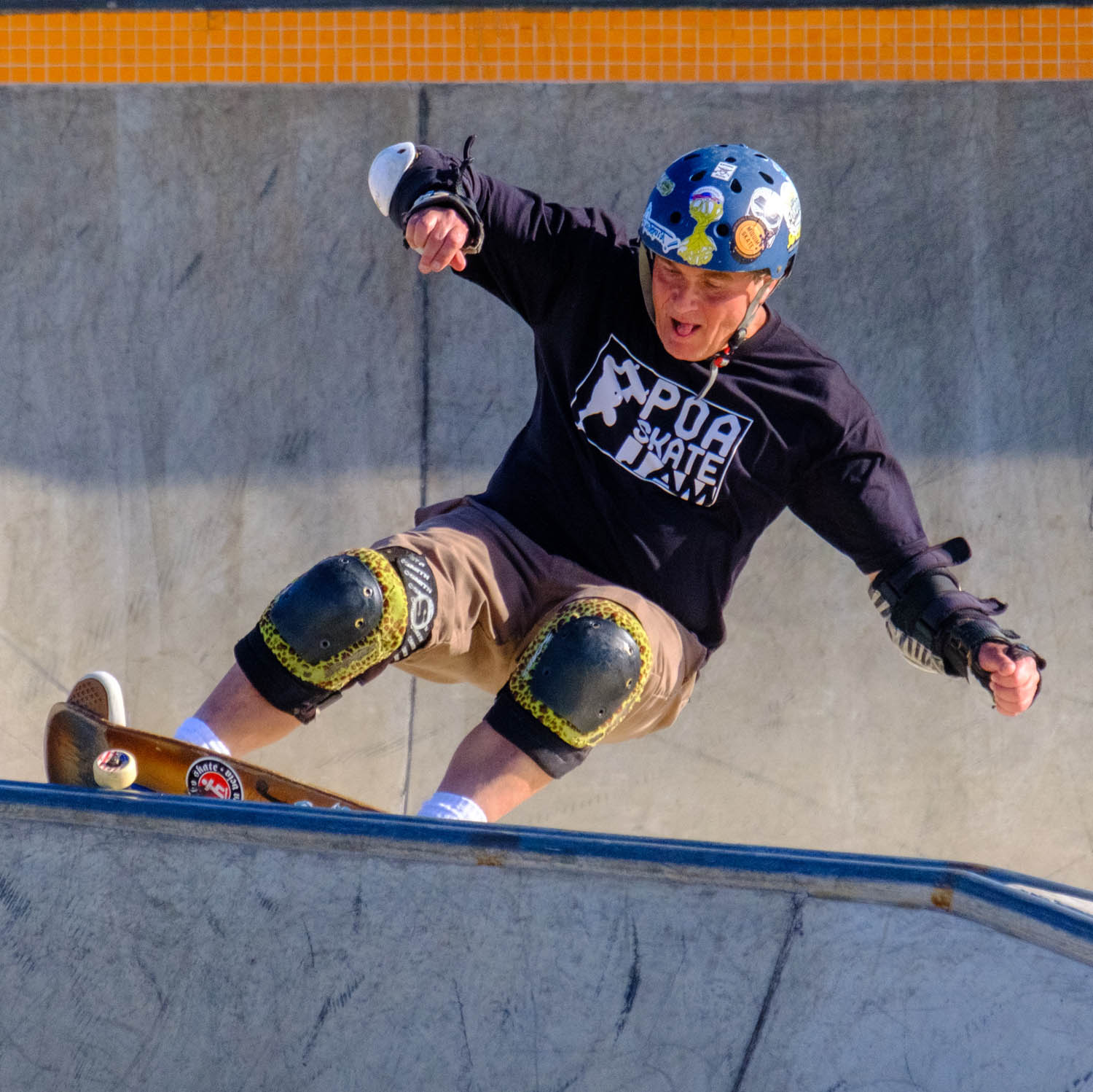
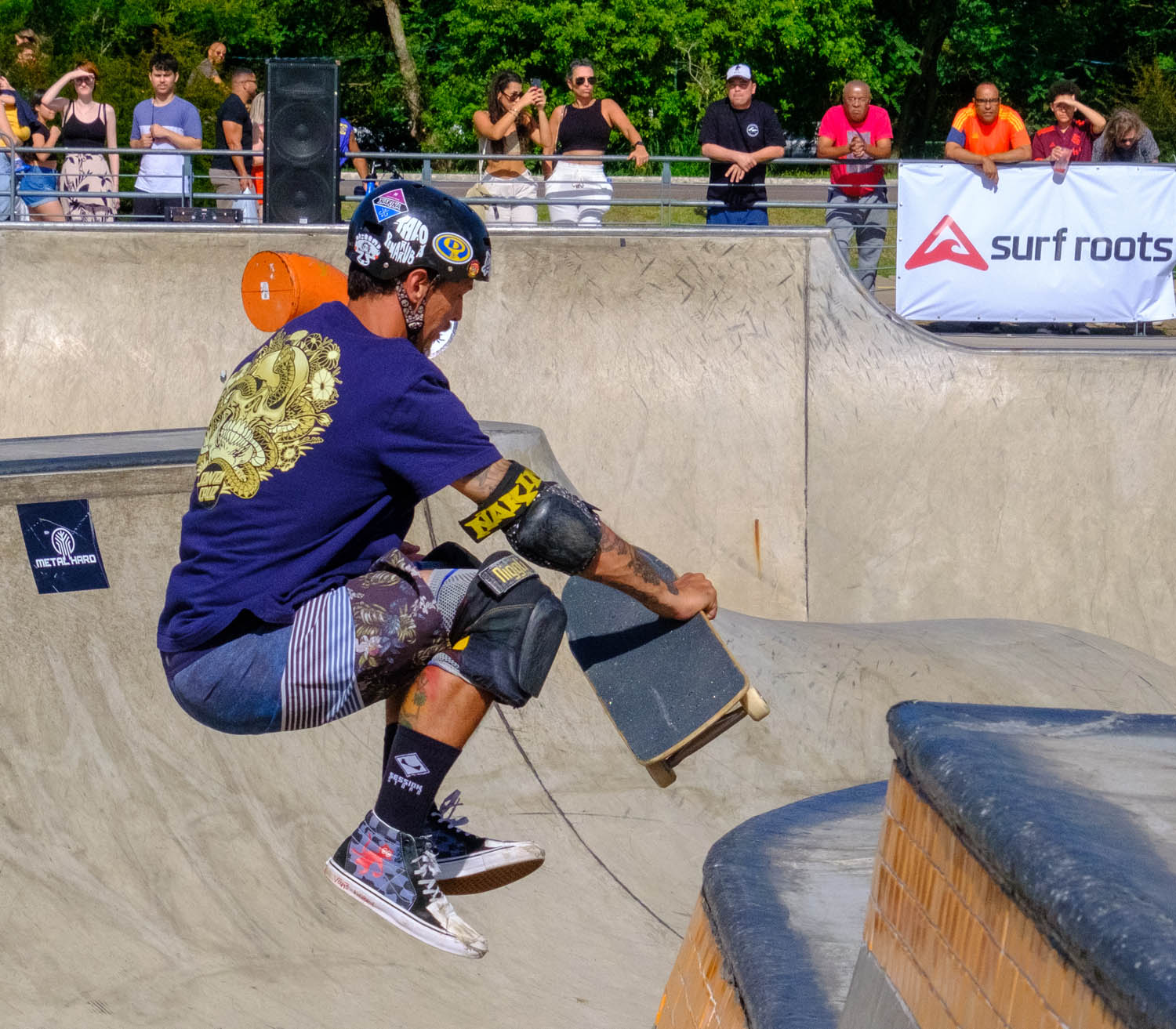
RIGHT: Fuji X-T3 . Fuji XF18-135mmF3.5-5.6 @49.40mm . F/11 . 1/5000″ . ISO 3200
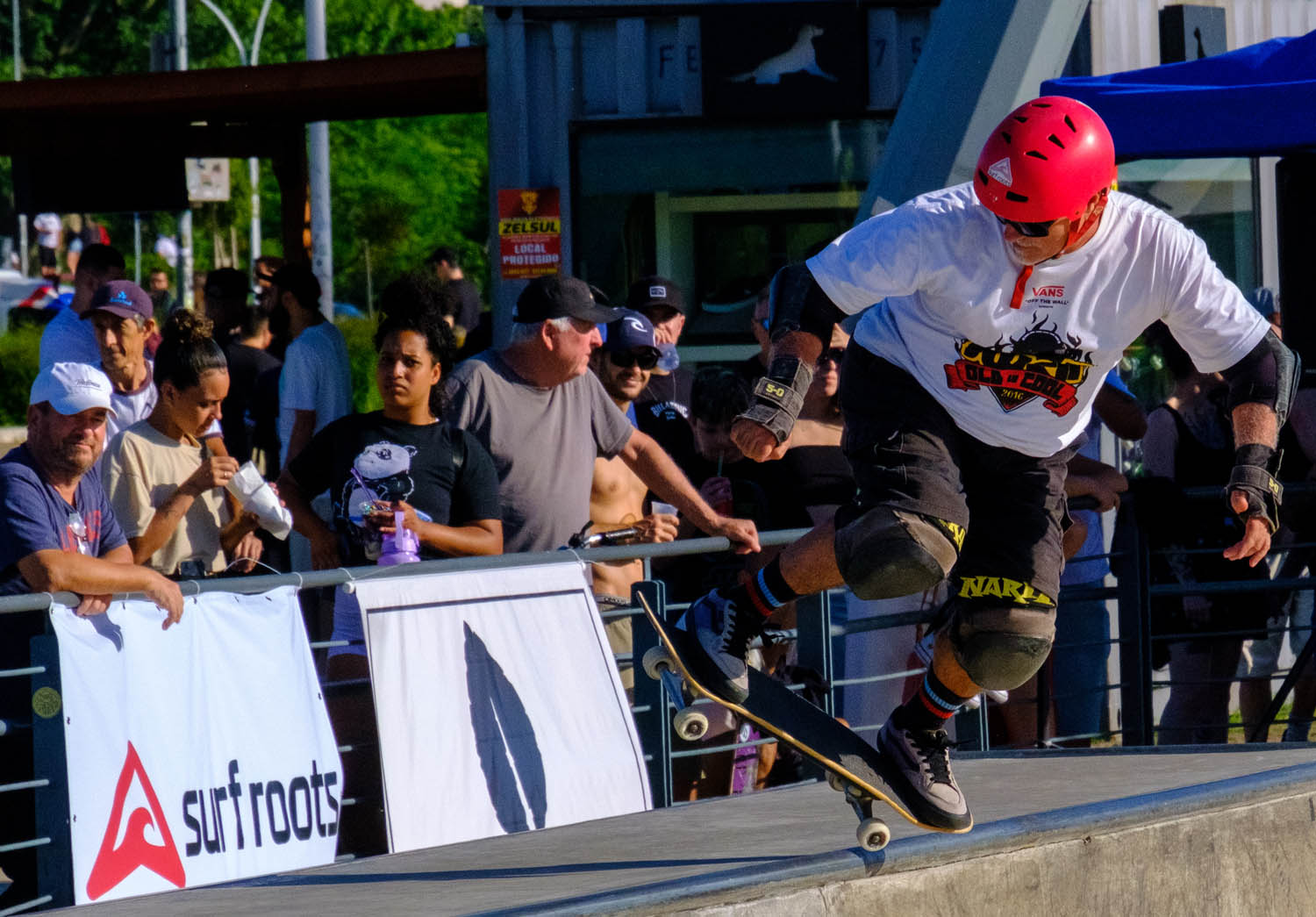
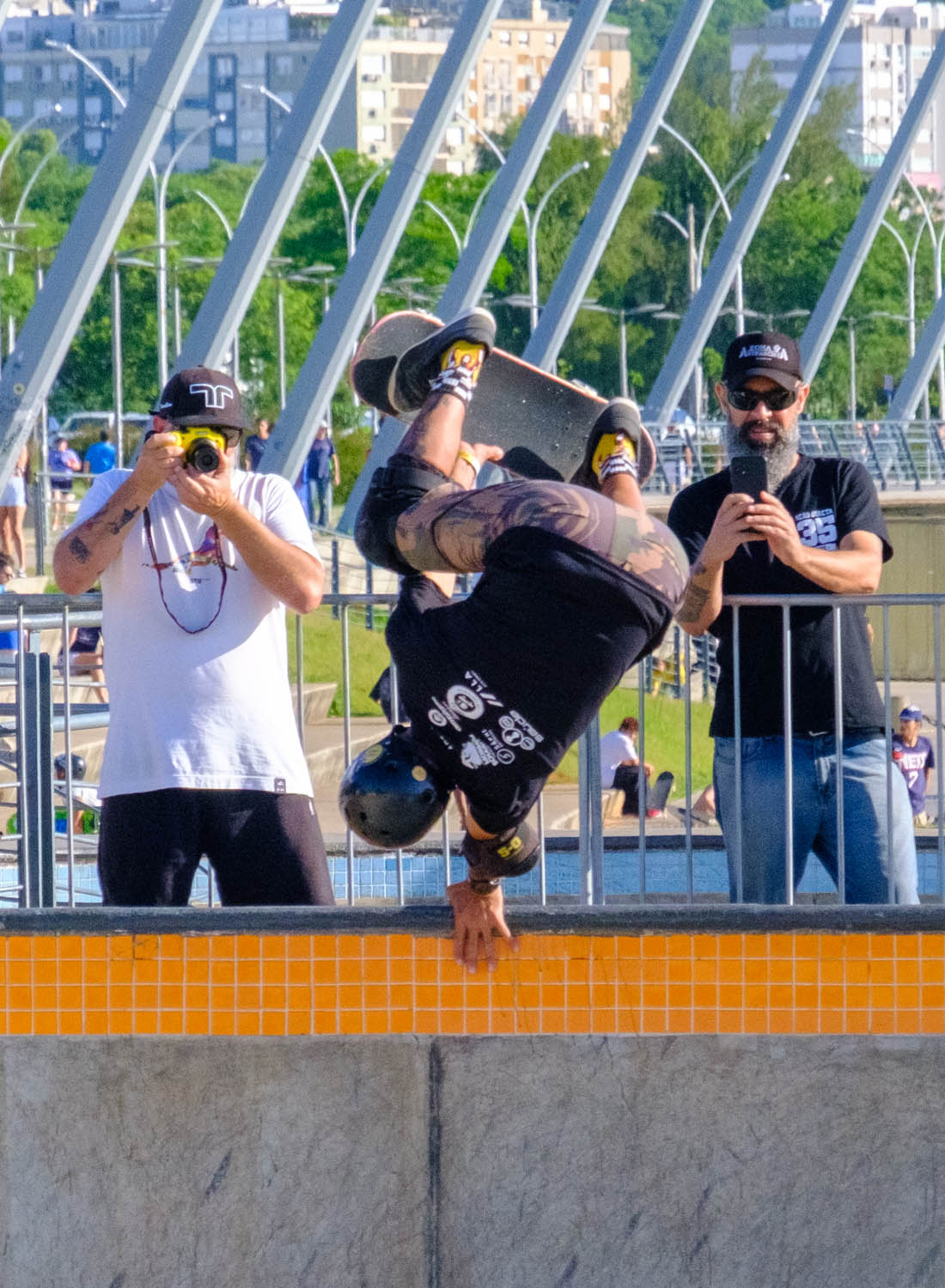
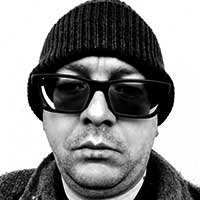
“My name is Rafael Figueiredo Rosa, and I’m a photojournalist based in the most southern state capital of Brazil, Porto Alegre. I have been shooting with the Fuji gear since 2014 and with the X-System since February 2018, currently using an X-T3 with an X-T20 as a backup. In my city, I have been fortunate enough to photograph a lot of national and international musical concerts, the most important soccer leagues and tournaments of Brazil and South America (as well other relevant sports events) and the greater political leader from Brazil during his electoral campaign and now, as President of Brazil. Side-by-side with other press professionals using their bulkier DSLRs, my X-Series setup gives me great flexibility, and I can deliver, almost in real-time, an excellent image quality without sacrificing portability, with my essential gear (1 X-T3 body, 2 or 3 lenses and a Godox V1 speedlite) stored in my PGYTech OneGo Sling 10L, standing light and ever ready for anything that might come up.”

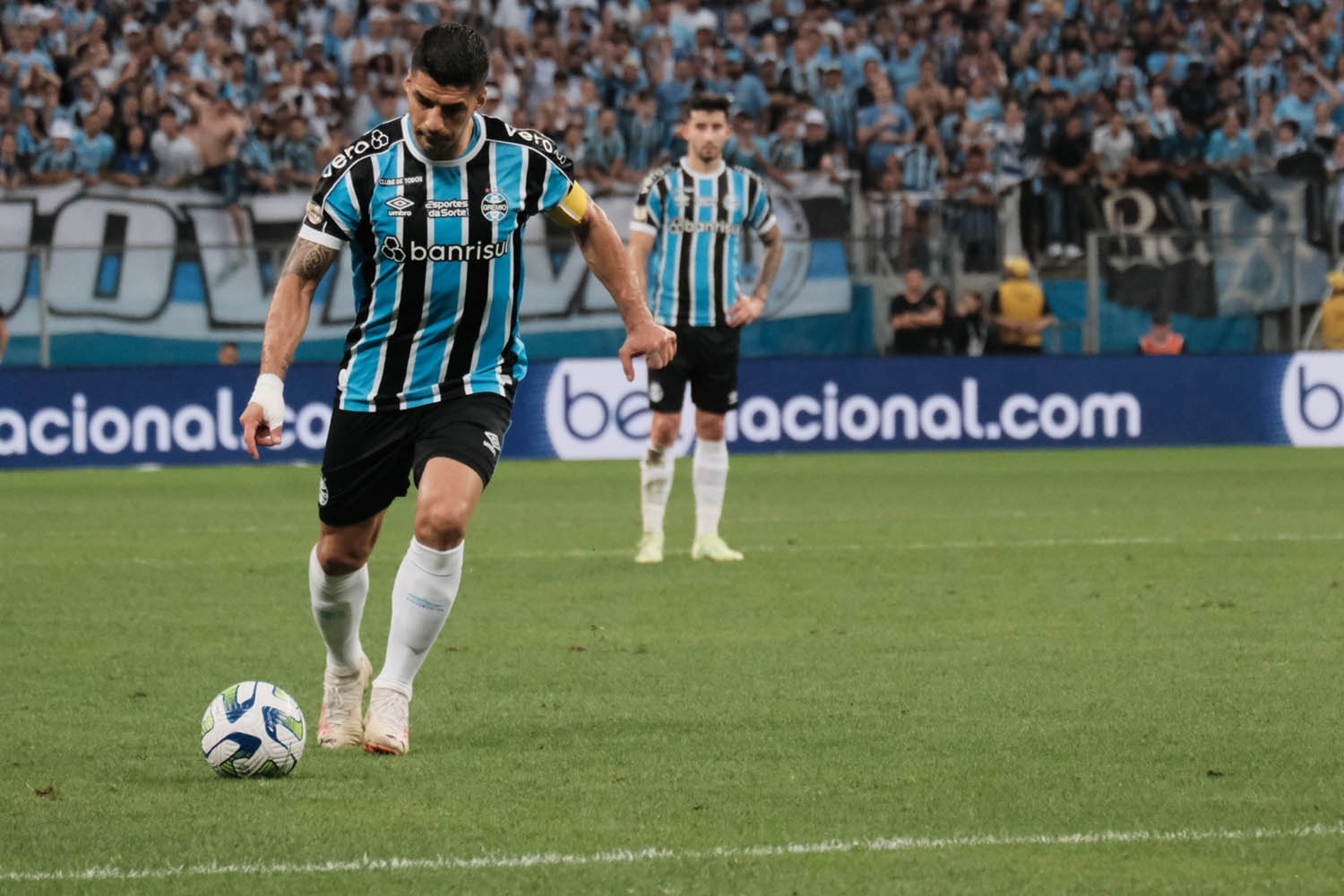



Marcio Kabke Pinheiro
December 29, 2023 @ 3:42 pm
Hi, Rafa. Fellow Brazilian here, and liked a lot your photos – albeit with a little too much Gremio photos (I’m a Inter supporter – just kidding) 🙂
Very good to see someone using some underrated lenses like the XC 50-230 and the 18-135 – shows that Fujifilm has great lenses all around.
And since you shoots concerts, try to get the Viltrox 75m f/1.2 when you could – shoot a concert with it with a X-S20 and was blown away, best concert shots that I’ve done, by a VERY far margin.
Abração, parabéns, e siga com o ótimo trabalho!
Rafael Figueiredo Rosa
December 30, 2023 @ 6:16 pm
Hi, Márcio! Good to see more brazilians here..
First of all, thank you for your comments.
In fact, there is a huge difference between working with the XF 100-400mm, which I analyzed in real conditions of use during a weekend for my partners at Raitai Tecnologia, and my XF 18-135mm and XC 50-230mm, which are my current set of zoom lenses.
Fact is that Fuji lenses, from the entry-level lines, such as the XC, offer excellent image quality – obviously without the robustness, precision and focus speed of the XF Red Badge lenses.. And, as I usually say, cameras and lenses are just instruments that make our work easier (or not), what really makes the difference is the person behind the equipment, who must know what they are photographing and the limitations of their tools in order to get the most out of them.
About the Viltrox 75mm, f/1.2, I really have great curiosity, because I use the Viltrox 13mm (which will accompany me on skate parks) and 56mm, and I consider them to be very good lenses to work with, with an excellent cost-benefit ratio.
Finally, off the pitch I’m also an Internacional fan but unfortunately my Grêmio material, thanks to the presence of Luis Suárez, is actually more attractive.
E agora em 2024, dá-lhe Inter.. 😉😉😉